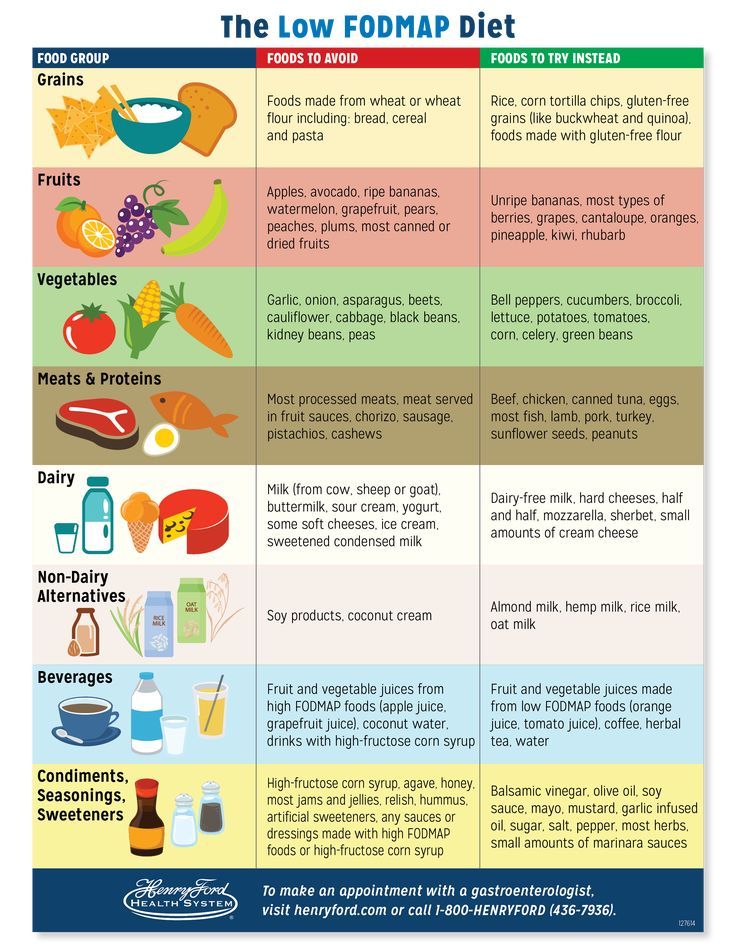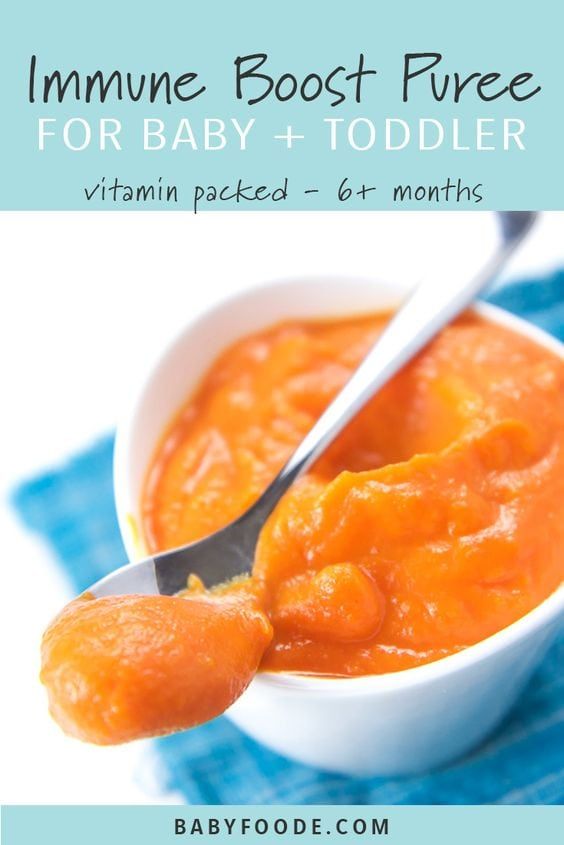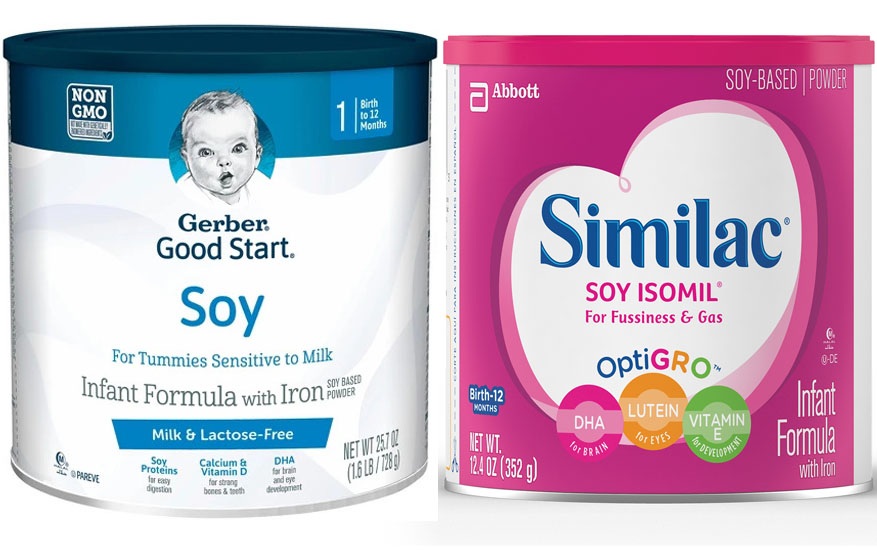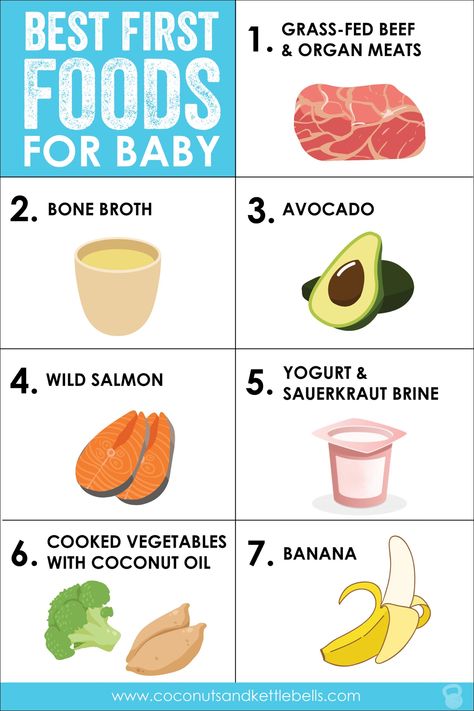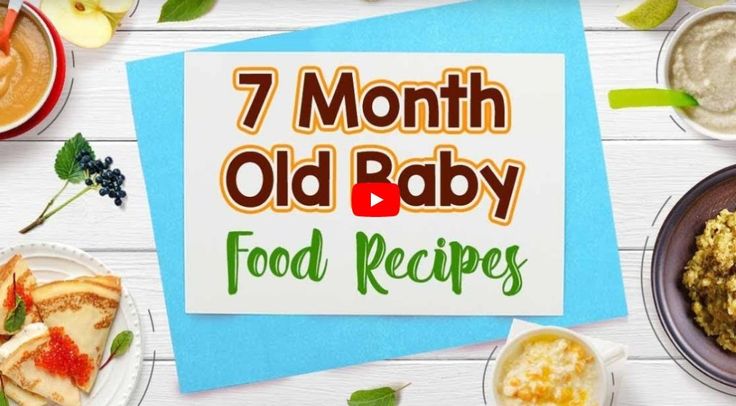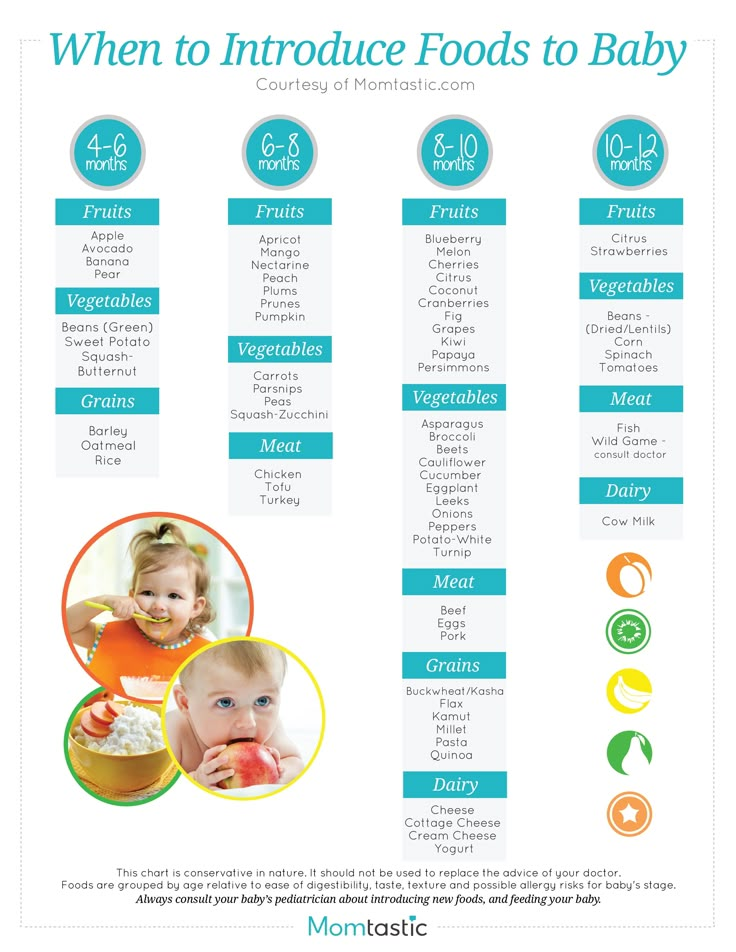Foods my baby can eat
Baby's first foods: How to introduce solids to your baby
Babies are typically ready to start solids between 4 and 6 months, as long as they're showing signs of readiness, such as being able to sit upright with good head control. Talk to your baby's doctor about which foods to introduce first, particularly if you're concerned about a risk for an allergy. In general, infant cereal and pureed, one-ingredient veggies, fruits, and meats are great first foods. Try spoon-feeding or baby-led weaning, and keep up the breast milk or formula until your baby's first birthday.
When do babies start eating baby food?
It depends. As long as your baby shows signs of readiness, your pediatrician will probably give you the go-ahead to start baby food (also called solid food or solids) any time between 4 and 6 months.
Until then, breast milk or formula provides all the calories and nourishment your baby needs. Infants don't yet have the physical skills to swallow solid foods safely, and their digestive system isn't ready for solids until they're at least 4 months old.
The American Academy of Pediatrics (AAP) and World Health Organization (WHO) recommend breastfeeding exclusively for the first six months of your baby's life and introducing solids at 6 months old. The AAP advises breastfeeding until age 1 – and longer if you and your baby want to.
Signs your baby is ready for solids
Your baby will give you clear signs when they're ready. Look for:
- Head control. Your baby needs to be able to keep their head in a steady, upright position.
- Sitting well when supported. Your baby needs to be able to sit upright in a baby seat or highchair to swallow well.
- Losing the "extrusion reflex." Your baby's mouth and tongue develop in sync with their digestive system. To start solids, they should be able to move food to the back of their mouth and swallow it, instead of using their tongue to push food out of their mouth.
- Curiosity about food. Your baby may start showing interest in what you're eating, reaching for your food or even opening their mouth if you offer them a spoonful.

Starting solids by 6 months old is important for your baby's oral motor development (the use of their lips, tongue, jaw, teeth, and hard and soft palates). Also, solid foods can provide specific nutrients your baby needs, such as iron and zinc. (These are especially important if your baby has been exclusively breastfed.)
What are the best first baby foods?
Start your baby with any pureed, single-ingredient food. Although it used to be standard for parents to give rice cereal as a first food, that's not necessary. In fact, pediatricians often don't recommend baby rice cereal since it can contain inorganic arsenic, and it's not as nutritious as some other first foods.
Good first baby foods include
- pureed squash
- applesauce
- mashed bananas
- mashed avocado
- pureed peaches
- pureed pears
- pureed meats
- whole-grain, iron-enriched baby cereal such as oatmeal
Advertisement | page continues below
If your baby is breastfed, the AAP suggests meat as a first food because the iron in beef, chicken, and turkey helps to replace iron stores, which start to diminish at about 6 months of age.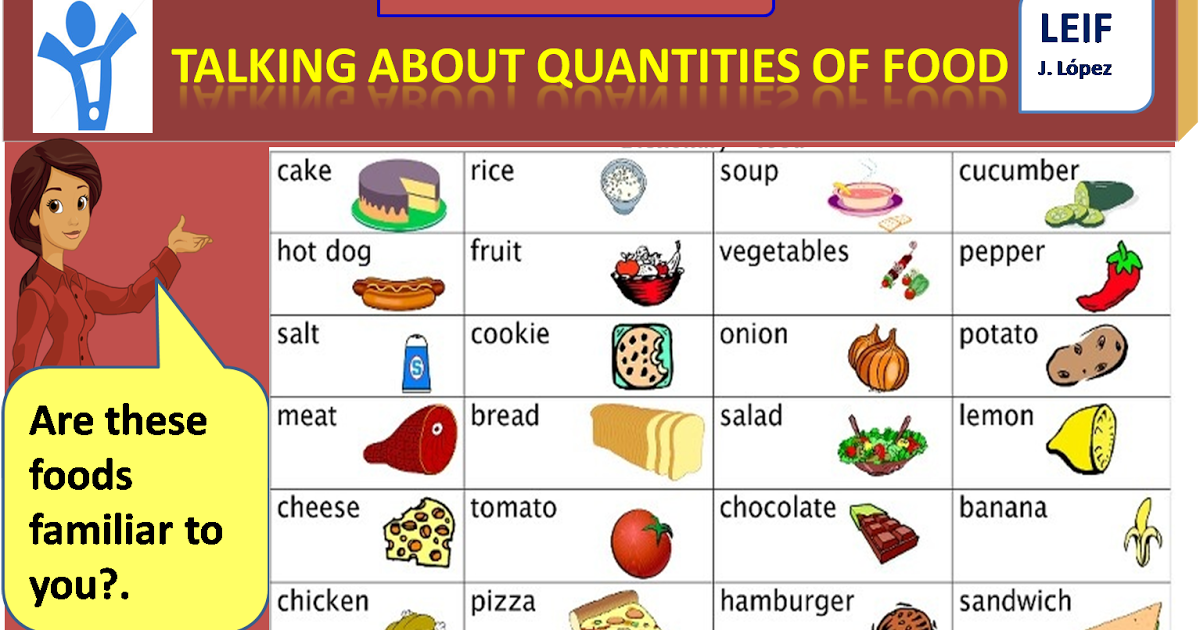
How to introduce solids to your baby
The traditional way to start solids is by spoon-feeding your baby cereal or purees, but some parents use a different method called baby-led weaning. Using this method, you put chunks of soft, developmentally appropriate food on the highchair tray or table and let your baby grab the food and feed themself.
Here's how to start spoon-feeding your baby:
For your first few feedings, start with just 1 or 2 teaspoons of pureed solid food or baby cereal about an hour after nursing or bottle-feeding (so your baby isn't too hungry or full).
Use a soft-tipped plastic spoon to feed your baby to avoid injuring their gums. Put a small amount of food on the tip of the spoon and offer it to them. If your baby doesn't seem very interested, just let them smell the food for now and try again another time.
If you're feeding your baby ready-to-eat jars or pouches of baby food, put some into a small dish and feed them from that. (If you dip the feeding spoon into the jar, it's not a good idea to save the leftovers because bacteria from your baby's mouth will now be in the jar. ) Store leftovers in the fridge and throw away any opened baby food jars or pouches within a day or two of opening them.
) Store leftovers in the fridge and throw away any opened baby food jars or pouches within a day or two of opening them.
If you decide to start with cereal, give your baby 1 to 2 teaspoons of diluted infant cereal. Add breast milk or formula to a tiny pinch of cereal. It will be very runny at first, but as your baby starts to eat more solid foods, you can gradually thicken the consistency by using less liquid.
Begin with one daily feeding in the morning whenever your baby isn't too tired, hungry, or cranky. Your baby may not eat much at first, but give them time to get used to the experience. Don't be surprised if your baby is confused or rejects solid food at first. Some babies need practice keeping food in their mouths and swallowing.
Eventually you can start giving your baby more solid food until they're having a few tablespoons a day, over two feedings. In general, your baby could start with pureed or semi-liquid food, then move on to strained or mashed food, and finally graduate to small pieces of finger foods.
Signs that your baby is full
Your baby's appetite will vary from one feeding to the next, so a strict accounting of how much they've eaten isn't a reliable way to tell when they've had enough. Look for these signs that your baby's probably done:
- They lean back in their chair
- They turn their head away from food
- They start playing with the spoon
- They refuse to open up for the next bite (Sometimes a baby will keep their mouth closed because they haven't finished the first mouthful, so give them time to swallow.)
Food allergies and introducing solids
Experts recommend that you introduce one food at a time to your baby, and wait 3 to 5 days before introducing another food, so you can watch for any allergic reactions. It's also a good idea to write down the foods your baby samples. If they have an adverse reaction, a food log will make it easier to pinpoint the cause.
You don't have to hold off on giving allergenic foods such as eggs, peanut butter, or soy. There's no evidence that waiting to introduce certain foods will help your baby avoid allergies. In fact, there's evidence that the opposite is true.
There's no evidence that waiting to introduce certain foods will help your baby avoid allergies. In fact, there's evidence that the opposite is true.
According to the American Academy of Allergy Asthma and Immunology (AAAAI), incorporating commonly allergenic foods into your baby's diet starting at around 4 to 6 months (and continuing through childhood) may actually help prevent the development of food allergies.
Start with traditional first foods, such as iron-fortified infant cereal, pureed veggies, fruits, and meats. Once you've tried a few of these foods and your baby seems to be tolerating them well, you can introduce more commonly allergenic foods, such as soy, eggs, wheat, fish, and peanut products.
Food manufacturers have products on the market designed to help you incorporate commonly allergenic foods into your child's diet. These stir-in powders and finger foods may contain one commonly allergenic protein or a blend of several.
Special precautions need to be taken with certain babies.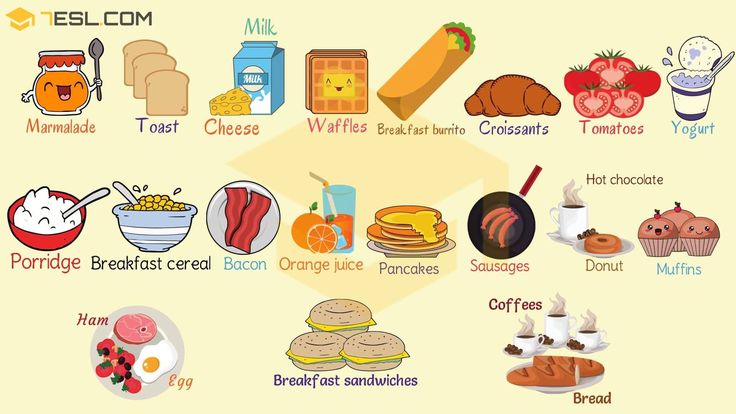 If your child falls into any of the following categories, consult with your baby's doctor or an allergist to create a customized feeding plan before adding solids to your baby's diet:
If your child falls into any of the following categories, consult with your baby's doctor or an allergist to create a customized feeding plan before adding solids to your baby's diet:
- Your baby has a sibling with a peanut allergy.
- Your baby has moderate to severe eczema despite following a doctor's treatment plan.
- Your baby previously had an immediate allergic reaction to a new food or has been diagnosed with a food allergy.
If your baby is allergic to a new food, you'll see signs of a reaction within a few minutes or hours. Most children with food allergies have mild reactions. If you notice a few hives, a new rash, or diarrhea, call your baby's doctor for advice.
If you notice wheezing, difficulty breathing, vomiting, facial swelling (including the tongue and lips), or more than two body systems affected (such as hives and vomiting), your baby may be having a life-threatening reaction called anaphylaxis. Call 911 or your local emergency number immediately.
Baby food feeding tips
- Offer fruits or vegetables in any order. Some parents may tell you to start with vegetables instead of fruits so your infant won't develop a taste for sweets. But babies are born with a preference for sweets, so you don't have to worry about introducing sweet or savory foods in any particular order.
- Feed cereal with a spoon only. Unless your baby's doctor asks you to, don't add cereal to a bottle – your baby could choke or end up gaining too much weight.
- Encourage adventurous eating. You don't have to stick with bland and boring. See how to make your own baby food and use spices and seasonings to create delicious baby food flavors.
- Give new foods time. If your baby turns away from a particular food, don't push. Try again in a few days.
- Check for added sugars and too much salt. Check the Nutrition Facts label on canned, frozen, or packaged foods for "Added Sugars.
 " If there's 1 gram or more listed, give your baby something else. Also look at sodium amounts. Babies shouldn't have no more than 1,200 mg of sodium per day.
" If there's 1 gram or more listed, give your baby something else. Also look at sodium amounts. Babies shouldn't have no more than 1,200 mg of sodium per day. - Avoid unsafe foods. Don't give your baby foods that could cause choking, such as whole grapes or popcorn. Babies under 1 can't have honey, cow's milk, or soy milk. Also, unpasteurized juices and undercooked fish, meat, eggs, or poultry could be a source of bacteria.
- Watch for constipation. Your baby's poop sometimes changes when their diet does. Although it's usually temporary, your baby may have constipation after you introduce solids. If you notice that your baby is having less frequent bowel movements, or that their stools have become hard or dry and seem difficult to pass, let their doctor know. Some doctors recommend adding high-fiber fruits such as pears, prunes, and peaches to a baby's diet, or giving a few ounces of prune, apple, or pear juice every day until bowel movements are back to normal.
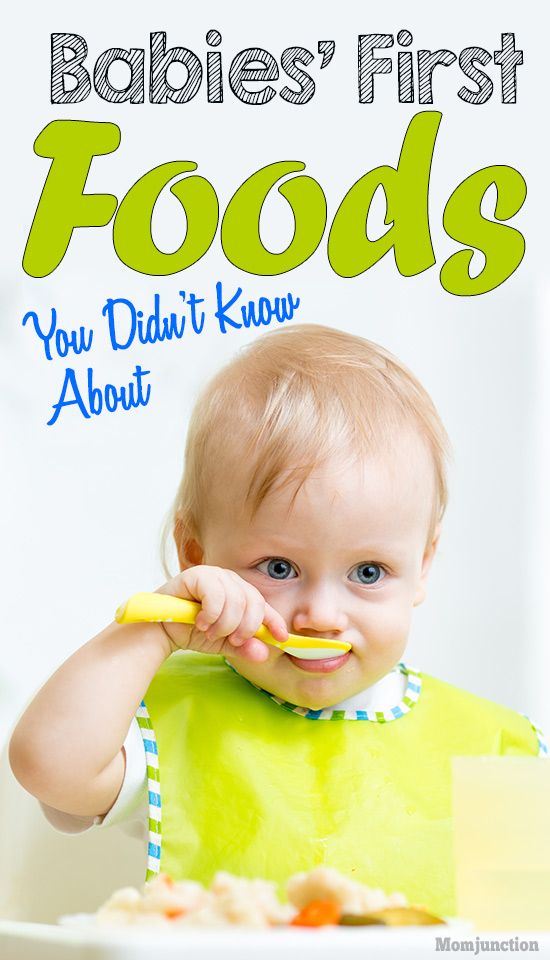
Also, don't be surprised if your baby's poop changes color and odor when you add solids to their diet. If your baby has been exclusively breastfed up to this point, you'll probably notice a strong odor to their formerly mild-smelling stools as soon as they start eating even tiny amounts of solids. This is normal.
If your baby shies away from new foods, here are a few things you can try:
- Test a range of textures. If your baby doesn't like pear puree, try giving them pieces of very ripe pear instead.
- In a similar vein, try different cooking methods. If your baby doesn't like steamed veggies, try giving them roasted vegetables.
- Serve food at different temperatures. Some babies prefer broccoli cold rather than warm, for example.
- Combine the new food with a familiar favorite. If your baby rejects a new food on its own, mix it in with something you know they like.
- Add a dipping sauce! Try shredded chicken with applesauce, yogurt with baked apple slices, or hummus with well-cooked pieces of carrot.

- Above all, be patient. Sometimes it takes a while for a baby to get used to new flavors and textures, so keep trying and eventually they'll accept the new food.
How many times a day should my baby eat solids?
At first your baby will eat solid food just once a day. By around 6 to 7 months, two meals a day is the norm. Starting around 8 to 9 months, they may be eating solid food three times a day plus a snack. A typical day's diet at 8 months might include a combination of:
- Breast milk or iron-fortified formula
- Iron-fortified cereal
- Vegetables
- Fruit
- Small amounts of protein, such as eggs, cheese, yogurt, poultry, lentils, tofu, and meat
- High-allergy foods, if appropriate
See our age-by-age baby feeding guide for more detail on how much to feed your baby and when.
How much breast milk or formula does my baby need after we introduce solids?
Even after your baby starts solids, breast milk or formula will provide the majority of their calories and nutrition until they're 9 months to 1 year old. Breast milk and formula contain important vitamins, iron, and protein in a form that's easy to digest.
Breast milk and formula contain important vitamins, iron, and protein in a form that's easy to digest.
You may notice that as your baby starts to eat more solid foods (around 9 months old), they'll gradually decrease their intake of formula or breast milk. This is normal. Over time, your baby will take fewer bottles with more ounces in each.
Here's how much breast milk or formula babies need after starting solids:
- 4 to 6 months old: 4 to 6 feedings a day (breastfeeding, or bottles with 4 to 6 ounces)
- 6 to 8 months old: 3 to 5 feedings a day (breastfeeding, or bottles with 6 to 8 ounces)
- 8 to 12 months old: 3 to 4 feedings a day (breastfeeding, or bottles with 7 to 8 ounces)
What equipment do I need to introduce solids?
It's helpful to have:
- A highchair
- Baby bowls and plates
- Baby spoons
- Bibs
- A splat mat on the floor
You may also want to introduce your baby to a sippy cup soon after you start solids.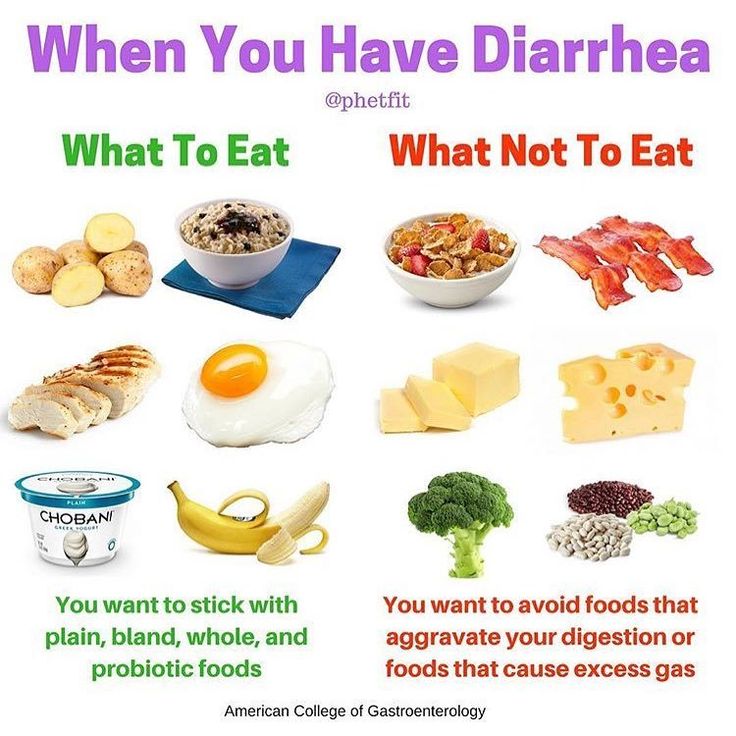
If you're making your own baby food, you'll need:
- A tool to puree the food, like a blender, food processor, or baby food maker
Storage containers for refrigerating and freezing extra portions (Some parents use ice cube trays – or similar devices made just for baby food – to store and freeze individual portions.)
Baby's first foods: The 10 best foods for babies
These 10 first foods are ideal for your baby because they're full of essential nutrients, reasonably priced, easy to prepare, and delicious. Avocados contain healthy fats, while bananas are loaded with potassium. Blueberries are bursting with antioxidants, whereas broccoli offers fiber and folate. Both lentils and meat are packed with protein. Prunes can help with constipation, and yogurt helps form healthy bones and teeth. Sweet potatoes and winter squash are great sources of beta-carotene and vitamin C.
According to the American Academy of Pediatrics, it's important to offer your baby a variety of healthy foods. There are lots of healthy, baby-friendly foods out there, but these 10 recommended by doctors and dietitians alike stand out from the pack. From vitamin-rich fruits and veggies to meats and beans loaded with protein, these superfoods are full of essential nutrients, reasonably priced, easy to prepare, and delicious.
There are lots of healthy, baby-friendly foods out there, but these 10 recommended by doctors and dietitians alike stand out from the pack. From vitamin-rich fruits and veggies to meats and beans loaded with protein, these superfoods are full of essential nutrients, reasonably priced, easy to prepare, and delicious.
Many are also favorite first foods. Before introducing solids, talk to the doctor about your baby's readiness for solids, and which foods to introduce and when. Then introduce foods one at a time, waiting at least three days after each new food to watch for any allergic reaction.
Avocados
BabyCenter parents are all about avocado as a first food. This buttery fruit-vegetable is rich in healthy unsaturated fats that help boost brain development. In fact, the fat composition of avocados is somewhat similar to that of breast milk.
Serving ideas: Mash avocado with a fork, or make baby guacamole.
Bananas
Known as a good source of potassium, this grab-and-go fruit also contains vitamins B6 and C, fiber, and magnesium.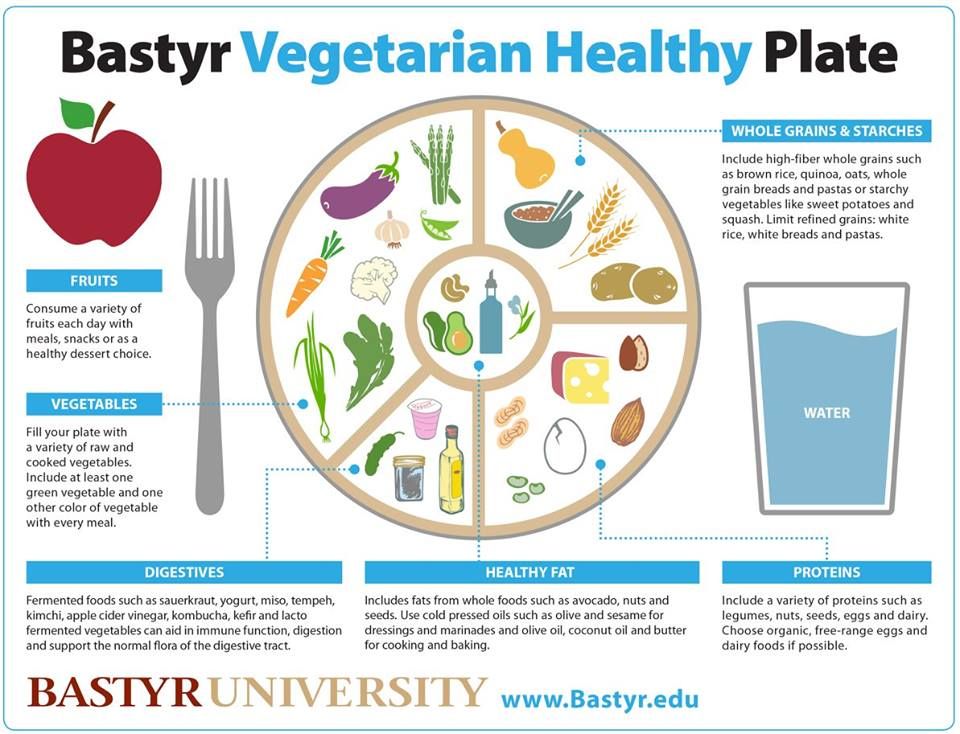
Serving ideas: Make banana and mango puree. Or, for your little one's first smoothie, puree banana and peach chunks with whole-milk yogurt.
Blueberries
Blueberries are bursting with antioxidants. The deep, brilliant blue of these berries comes from flavonoids that benefit your baby's eyes, brain, and even urinary tract.
Serving ideas: Blend or mash blueberries well and swirl a spoonful of the juicy purple puree into yogurt, or top silky coconut milk rice pudding with blueberry compote.
Broccoli
This cruciferous vegetable is a rich source of essential nutrients, including fiber, folate, and calcium. Introduce your baby to broccoli's bold flavor early, and you'll be expanding their tastes and encouraging a lifelong love of green vegetables.
Advertisement | page continues below
Serving idea: Steam until soft, cut into pieces small enough for your child to eat safely, and then chill. Steaming takes the bite out of broccoli, and some babies prefer the texture and taste when it's cold.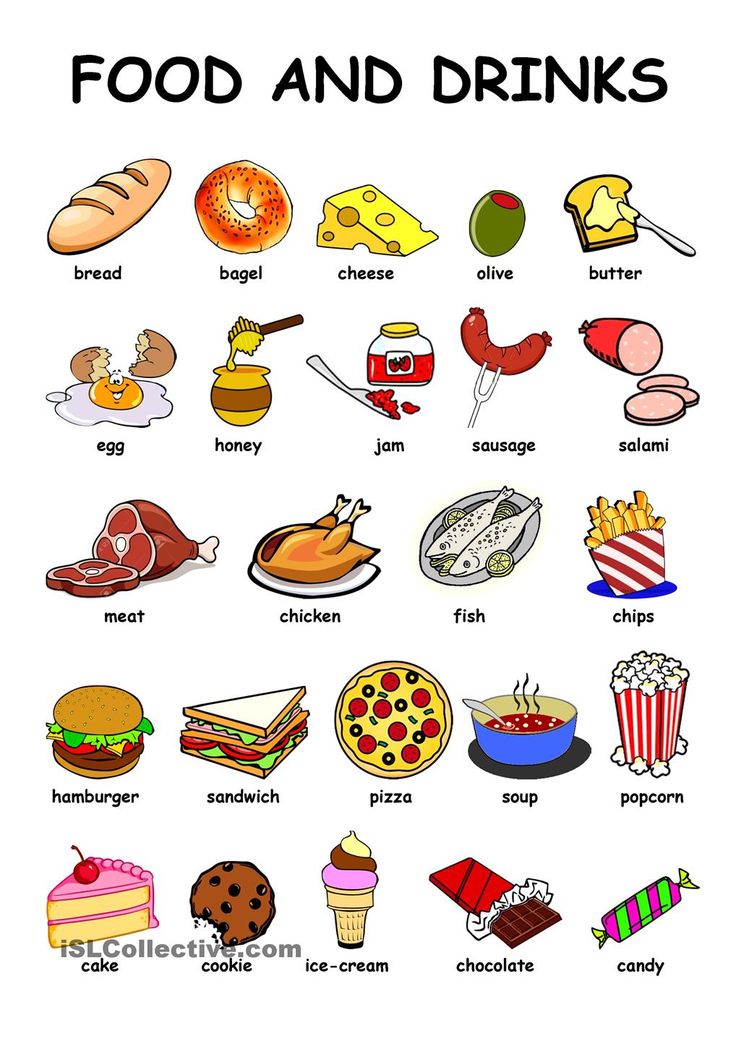
Lentils
Beans and other legumes pack lots of lean protein and fiber. But unlike larger beans, little lentils simmer into a pleasing mush just right for baby bites. They're also one of the cheapest healthy foods you can buy.
Serving ideas: Cook finely diced carrots along with the lentils. As your baby gets older, double up on nutrient-rich foods by making lentil and spinach stew.
Meat
Lack of iron can cause anemia. The American Academy of Pediatrics recommends meat as a first food because it's such a great source of protein, zinc, and iron, especially red meat and dark poultry meat. Plus, babies absorb iron more easily from meat than from iron-fortified cereals, another common first food.
Serving ideas: If your baby is new to solids, try our easy turkey or chicken puree recipe. As they get older, introduce new flavors with chicken curry with green beans and zucchini or shepherd's pie.
Prunes
Whether you call them "prunes" or "dried plums," these humble fruits don't sound glamorous – but they're soft, sweet, and full of fiber.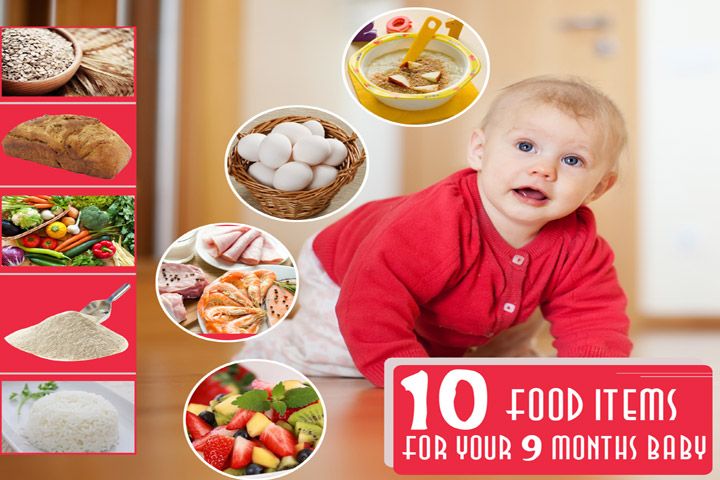 Your baby may suffer from constipation when switching to solids, as it's a big change for their system. Add pureed prunes to your baby's diet to aid digestion and keep things moving.
Your baby may suffer from constipation when switching to solids, as it's a big change for their system. Add pureed prunes to your baby's diet to aid digestion and keep things moving.
Serving ideas: Serve pureed prunes alone or mixed with other foods, such as oatmeal, cereal, or applesauce, for a naturally sweet treat.
Sweet potatoes
Sweet potatoes are one of the more popular first foods for babies, who tend to like both their sweetness and texture. These colorful root vegetables are packed with beta-carotene, vitamin C, and minerals, including iron and copper.
Serving ideas: Serve sweet potato puree alone or swirled into pureed chicken or turkey.
Winter squash
Orange- or yellow-fleshed hard winter squashes such as butternut, acorn, and pumpkin boast many benefits, one of which is they're exceptionally rich in beta-carotene, recognized for being great for eyes. Squash is also an excellent source of vitamin C. Natural sweetness and a creamy texture add to the appeal of winter varieties.
Serving ideas: Roast a winter squash like butternut, scoop out the flesh, and puree it for an easy first food. As your baby gets older, introduce new flavors and textures with dishes like smashed chickpea and butternut chili.
Yogurt
Creamy yogurt is rich in calcium and vitamin D, necessary for healthy bones and teeth. Your baby can have it at 4 to 6 months, long before they'll be ready for cow's milk.
Opt for plain yogurt with no added sugar. Also look for a brand with the most live cultures, which help regulate the good bacteria in your baby's digestive tract. Make sure you pick up whole-milk yogurt – babies need the calories from fat.
Serving ideas: Yogurt is fine on its own, or swirl in pureed berries or other fresh fruit, applesauce, or mashed avocado.
What can a child eat at 11 months, an approximate menu for a week with recipes and a diet
At 11 months, the child already eats various foods. In order for the baby to grow up healthy, and his organs and systems to work harmoniously, only healthy dishes should be on the menu. We will tell you more about what to feed your baby at 11 months.
We will tell you more about what to feed your baby at 11 months.
Peculiarities of the child's diet
The list of allowed foods at 11 months is quite diverse, so mothers have the opportunity to fantasize in the kitchen and show their culinary skills.
- Vegetables. Vegetables are the foods that start complementary foods for a baby. At this age, the mother cooks soups, stews for the baby based on them, prepares mashed potatoes, adds them to cereals, mixes them with meat, fish, squeezes juice. Here are the vegetables the baby eats at 11 months: zucchini, cabbage (cauliflower, Brussels sprouts, broccoli), carrots, onions, potatoes, pumpkin, beets, green peas, asparagus. At this age, he can eat fresh vegetables (with the peel removed), chopped on a coarse grater and seasoned with sunflower oil, sour cream. A little finely chopped greens (dill, parsley) are also added to such a vitamin salad. You can introduce a baby at 12 months of age with white cabbage.
 Start giving it with a minimum amount and only in boiled form. You can add cabbage to soups, stews, mashed potatoes, cutlets. Many pediatricians recommend starting to feed the baby with eggplant. However, caution should be exercised here, as this vegetable contains solanine. To reduce its amount, blue ones need to be soaked in salted water before processing. Be sure to peel the skin so that the baby does not choke while eating. Eggplants are included in soups, stews and vegetable purees. Allergic children and those who have problems with the digestive tract should not eat blue ones yet.
Start giving it with a minimum amount and only in boiled form. You can add cabbage to soups, stews, mashed potatoes, cutlets. Many pediatricians recommend starting to feed the baby with eggplant. However, caution should be exercised here, as this vegetable contains solanine. To reduce its amount, blue ones need to be soaked in salted water before processing. Be sure to peel the skin so that the baby does not choke while eating. Eggplants are included in soups, stews and vegetable purees. Allergic children and those who have problems with the digestive tract should not eat blue ones yet. - Fruit. Fruits are the main source of vitamins and trace elements necessary for a growing organism. At 12 months of life, the baby has already met many fruits. 11 months is the age when you can introduce your child to pomegranate and citrus fruits. It is better to give preference at the initial stage to tangerines, grapefruit and orange. You need to start with a small slice.
 If no adverse reactions are observed, let the baby taste pomegranate, orange, tangerine juice. They should be diluted with water in a ratio of 1:3. After that, other fruit juices (apple, pear, peach) can be added to drinks. On the basis of fruits, salads, compotes, kissels are prepared, they are mixed with cottage cheese, porridge.
If no adverse reactions are observed, let the baby taste pomegranate, orange, tangerine juice. They should be diluted with water in a ratio of 1:3. After that, other fruit juices (apple, pear, peach) can be added to drinks. On the basis of fruits, salads, compotes, kissels are prepared, they are mixed with cottage cheese, porridge. - Meat. In the menu of a child on artificial feeding, as well as on natural, there is already meat of turkey, rabbit, veal, beef, horse meat, lean chicken and pork. At this stage, the baby can already be safely introduced to the liver, heart and tongue. Meat puree is added to soups, cereals, vegetable puree. Meatballs, cutlets, meatballs, dumplings are boiled on its basis, a tender soufflé is made. It is recommended to cook meat for a couple, stew. Frying and baking at this age are excluded. It is forbidden to offer the baby sausages, sausages, lard.
- Fish. Enter in the menu of a child on breastfeeding, as well as on artificial, you need only low-fat fish varieties.
 These are pollock, flounder, hake, pike perch, cod, sea bass. It is better to wait a little with bold and fatty varieties, although according to some recommendations, such fish can also be introduced into the diet in small quantities. Processing of fish should be only steam. Preference should be given to fresh fish. Fish-based dishes are still served twice a week. On other days, it is recommended to offer the baby meat. From fish you can make cutlets, dumplings, soufflés, add to soups, vegetable purees.
These are pollock, flounder, hake, pike perch, cod, sea bass. It is better to wait a little with bold and fatty varieties, although according to some recommendations, such fish can also be introduced into the diet in small quantities. Processing of fish should be only steam. Preference should be given to fresh fish. Fish-based dishes are still served twice a week. On other days, it is recommended to offer the baby meat. From fish you can make cutlets, dumplings, soufflés, add to soups, vegetable purees. - Dairy products. Fermented milk products contain bacteria beneficial for the intestinal microflora, which contribute to the smooth functioning of the digestive system. Therefore, such products must be included in the diet of crumbs daily. Dairy products should not replace full feeding. Kefir, yogurt, cottage cheese are served only in addition to the main dishes. At 11 months, the child can be safely introduced to sour cream. It is allowed to add the product to vegetable salads, flavor it with soups, borscht, water meatballs, meatballs, add to casseroles, etc.
 Yogurt, sour cream and cottage cheese can be mixed with fruits and berries. Serve best for breakfast and during the fourth meal. An important condition is the use by the baby of fermented milk products prepared independently or purchased in the children's kitchen.
Yogurt, sour cream and cottage cheese can be mixed with fruits and berries. Serve best for breakfast and during the fourth meal. An important condition is the use by the baby of fermented milk products prepared independently or purchased in the children's kitchen. - Berries. Berries must be included in the diet of a child at 12 months of age. The main condition is the use of only seasonal berries. At this age, the baby has already tried: gooseberries, currants (black, yellow, red). Some pediatricians recommend expanding the baby's diet and introducing him to watermelon, strawberries, cherries, cherries and raspberries (unless, of course, you are confident in the quality and freshness of the berries). Just be sure to watch the reaction of the crumbs. The kid will definitely love berries if you add them to cottage cheese, porridge. As for fruit drink, before serving it should be diluted with water in a ratio of 1: 3.
- Drinks. During the day, the baby must drink clean water.
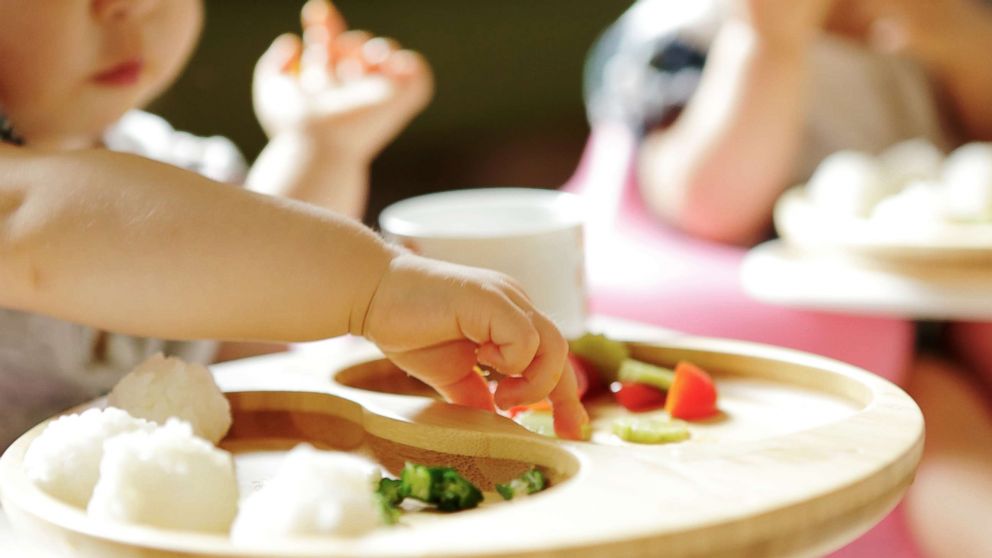 To avoid anemia and beriberi, the baby needs to drink juices based on fruits and berries, compotes, including dried apricots, prunes, raisins, as well as jelly, fruit drinks, children's herbal teas. In no case should you give a child at 11 months of age black tea, store-bought juices, drinks sweetened with sugar or honey. This can significantly harm the health of the baby.
To avoid anemia and beriberi, the baby needs to drink juices based on fruits and berries, compotes, including dried apricots, prunes, raisins, as well as jelly, fruit drinks, children's herbal teas. In no case should you give a child at 11 months of age black tea, store-bought juices, drinks sweetened with sugar or honey. This can significantly harm the health of the baby. - Kashi. Porridges at 11 months are given the most diverse - at the discretion of the mother and depending on the taste preferences of the child. Porridges are boiled in water, mother's milk, artificial mixture. At the end, you can add a piece of butter. The kid will really like it if you put berries or pieces of fruit in the porridge.
What else can you give an 11 month old baby?
Here is a list of foods that should also be included in the diet of an 11-month-old baby.
- Yolk . Serve the yolk to the table (preferably from quail eggs) should be no more than 2 times a week.

- Raisin croutons, biscuits. Can be served daily.
- Oils. Butter and vegetable oils, extra virgin olive oil. Served every day.
- Green. Dill, parsley, celery. They are added to soups, salads, meat and fish dishes. May be served daily.
Norms of foods in the diet of a child at 11 months
To determine the exact amount of food that a child at 11 months should consume per day, you should divide his weight by 9. So, if the baby weighs 10 kg, then on average, he consumes from 1100 to 1250 g. That is, the amount of food for each meal is at least 220-250 g. As for the amount of liquid consumed per day, it can also be easily calculated: 50 ml of liquid is needed per 1 kg of a child's weight. That is, at 10 kg of weight, the baby drinks 500 ml per day. Formula-fed babies should receive 20% more water than babies. The amount of liquid in hot weather increases by 10-20%. The recommended quantity of individual products is shown in the table.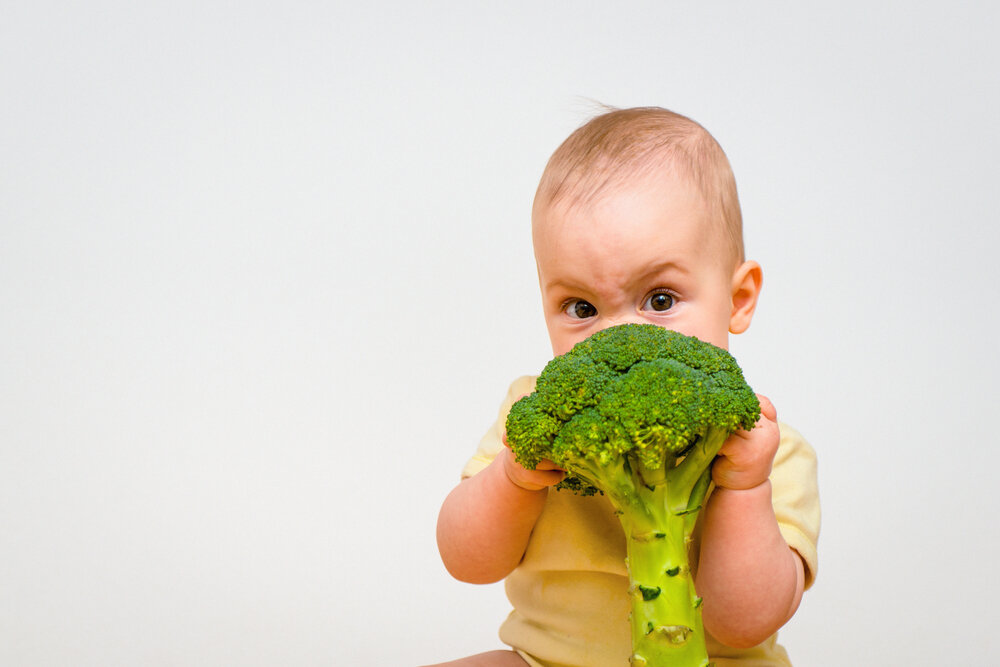
| Vegetables | 200 g |
| Fruit | 110 g |
| Juice made from fruits, vegetables | 110 ml |
| Kefir or yogurt | 180-200 ml |
| Cereal porridge | 200 g |
| Cottage cheese (no more than 2-3 times a week) | 50 g |
| Meat | 80 g |
| Fish (twice a week) | 60 g |
| Vegetable and butter | by 5 g |
| Rusks, biscuits, bread | 10 g |
| Green | 5 g |
| Smetana | 1 tsp |
| Egg yolk (twice a week) | 1/2 |
Daily diet
It is worth noting that the diet of the crumbs remains the same, that is, five times a day. Breastfeeding or artificial feeding continues up to 1 year.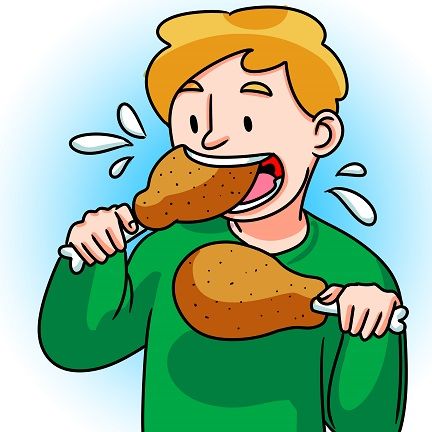 Usually at this age, the baby requires his mother's breast or a bottle of formula in the evening or early in the morning, the rest of the time he eats only adult food. There is no need to supplement with breast milk or formula.
Usually at this age, the baby requires his mother's breast or a bottle of formula in the evening or early in the morning, the rest of the time he eats only adult food. There is no need to supplement with breast milk or formula.
Important! There are no differences in the nutrition of breastfed babies and those who eat artificial formula. At 11 months, babies eat the same foods.
So, what can a baby eat at 11 months, what drinks are allowed to drink? Here is a table that shows the time of a meal and what foods can be offered at this meal.
| Breakfast 6.00-7.00 | Mother's milk or formula. |
| Late breakfast 10.00-11.00 | For breakfast, the baby is provided with easily digestible carbohydrates, that is, cereals - buckwheat, oatmeal, corn, rice. The choice in this case is huge. Be sure to fill the porridge with oil, diversify with berries. As an option - slices of fruit, pieces of pumpkin.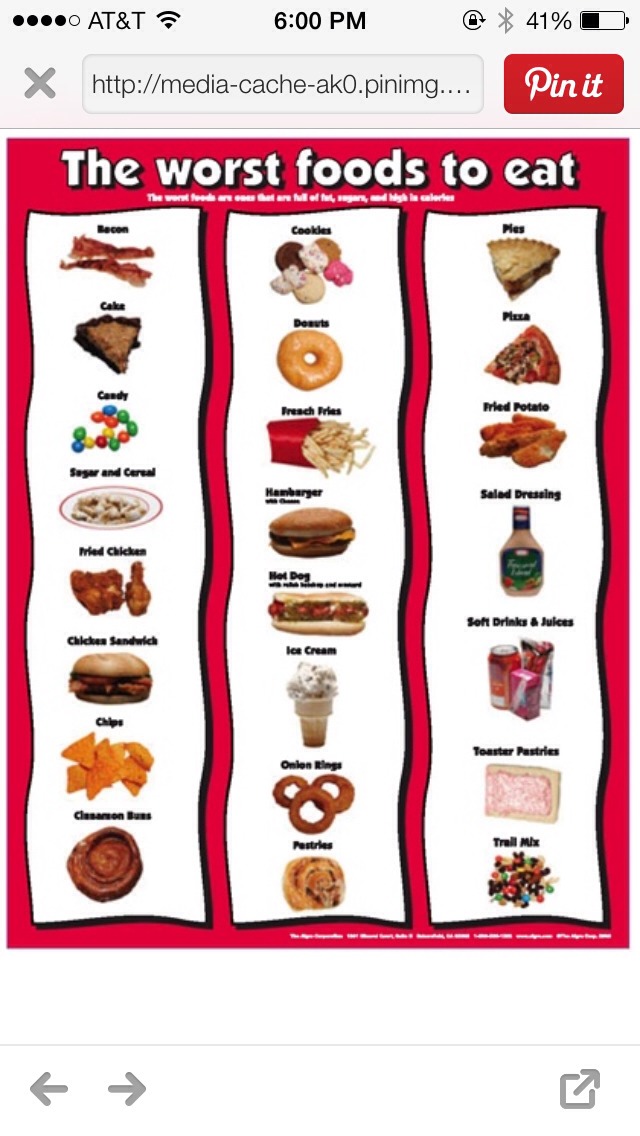 Breakfast is also served with cottage cheese, kefir or yogurt. For dessert, the baby is offered fruit puree or juice from berries and fruits. Breakfast is also served with cottage cheese, kefir or yogurt. For dessert, the baby is offered fruit puree or juice from berries and fruits. |
| Lunch 14.00-15.00 | Soup or puree of boiled vegetables with herbs, any cereal with vegetable oil. Meatballs, cutlets, pate or mousse, poured with sour cream. 2 times a week you need to give fish in the form of mashed potatoes or cutlets, steamed dumplings. Quarter of yolk, bread. Compote. |
| Dinner 18.00-19.00 | Porridge, fruit puree, kefir, yoghurt, fruit juice, biscuits or crackers with raisins. |
| Second dinner 22.00-23.00 | Mother's breast milk or formula milk. |
What changes have occurred in the diet
- The regimen remains the same - 5 meals, the interval between which is 4 hours. You should not transfer the baby to 3 or 4 meals a day, which entails an increase in the volume of one serving. This causes a disruption in the digestive system, which is not able to cope with such an amount of food.

- At this age, the child already eats almost all foods from the adult table. The following are still banned: smoked meats, sausages, cow's milk, canned food, sweets, mushrooms, nuts, semi-finished products, black tea, etc.
- At 12 months of age, there is no need to grind food on a fine grater or with a blender. The child is already a happy owner of 4 (or maybe more) teeth, and therefore he is quite capable of chewing meat, fish, fruits and vegetables, mashed with a fork, cut into small slices, pieces (all the more it has a good effect on the development and functioning of the jaw muscles).
- Many babies still wake up at night, early in the morning and want their mother's breast or formula bottle. We recommend that you do not deny the child this pleasure yet and continue feeding up to 1 year.
- It's time to show the child how to hold the spoon and where to point it. The same applies to mugs with his favorite drinks.
What to do if the child does not eat well
There can be many reasons for poor appetite in a child - a recent illness, ignoring the taste preferences of the baby, coercion in the process of feeding, violations in the daily routine, snacking between main meals, teething. All of these factors should be considered by parents. What can be done?
All of these factors should be considered by parents. What can be done?
- If a child refuses pumpkin soup or doesn't like meatballs at all, this is no reason to force him to empty his plate. The baby may develop an aversion to food. Then it will be very difficult to instill a love for adult food.
- Poor appetite may also be due to snacking. You should not give the crumbs cookies or crackers before the main meal. This may affect the child's appetite.
- It is very important for a good appetite to observe the daily routine. If you stick to the same schedule every day, then the child will develop the need to eat at the right time.
- Try to take into account the preferences of the child, include different foods in the menu, prepare new dishes, make them beautiful, then the baby's appetite will noticeably improve.
Video how to feed a baby at 11 months
- 50 g cauliflower;
- a quarter of a carrot;
- 50 g courgette without skin;
- sprig of dill;
- 50 g buckwheat.
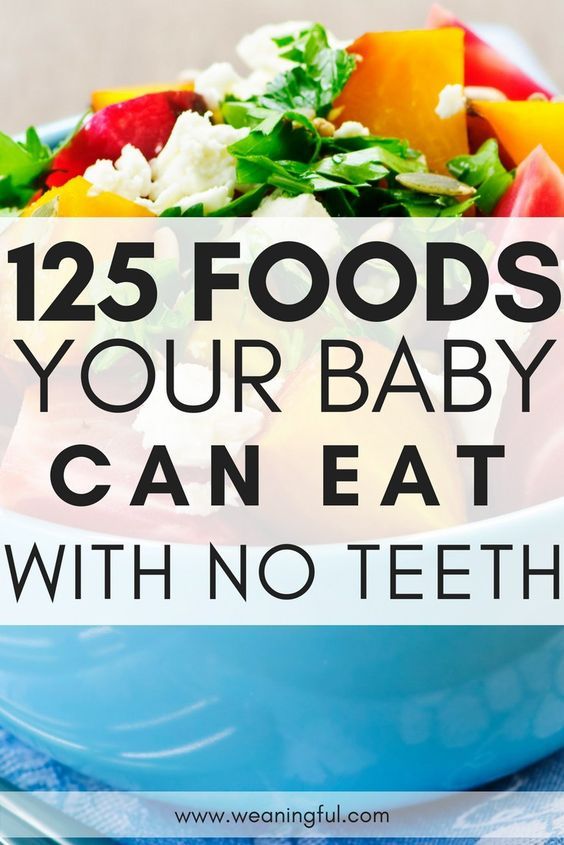
Place a small pot of water on the stove. After boiling, throw well-washed buckwheat, chopped vegetables into the container. Boil for 10-15 minutes. Add chopped greens. Leave to sweat for another 2-3 minutes. Mash the vegetables with a fork. Add a teaspoon of olive oil, stir.
Vegetable stew
- marrow - 40 g;
- cauliflower - 40 g;
- broccoli - 30 g;
- quarter onion;
- a quarter of a carrot;
- 30 g peas.
Rinse the vegetables, peel them, cut into small cubes, divide the cabbage into florets and place in a heavy-bottomed dish. Add some water and simmer for about half an hour. Then add green peas and simmer over low heat for another 5-7 minutes. Drizzle with vegetable oil before serving.
Borsch beets - 50 g;
- potatoes - 50 g;
- onion - a quarter;
- carrot - a quarter;
- sprig of parsley;
- sour cream - 1 tsp.

Fill a small saucepan with water and bring to a boil. Peel vegetables, wash, cut into small cubes. First put the beets in the water. Leave to simmer for 10 minutes, then toss in the rest of the vegetables. Boil for another 15 minutes. Add chopped greens, sweat for another 2-3 minutes. Serve the baby with sour cream.
Chicken cutlets with dill, onion
- chicken fillet - 100 g;
- onion - a quarter;
- egg;
- sprig of dill.
Turn the chicken fillet into minced meat, and the onion into a mush (can be finely chopped). Mix the ingredients, add the egg and chopped greens. Stir again. Treat with steam no more than 20-25 minutes.
Chicken quenelles
- chicken fillet - 100 g;
- white bread - 10 g;
- 2-3 st. l. breast milk;
- butter - 5 g.
Grind the fillet with a meat grinder or blender, add the egg.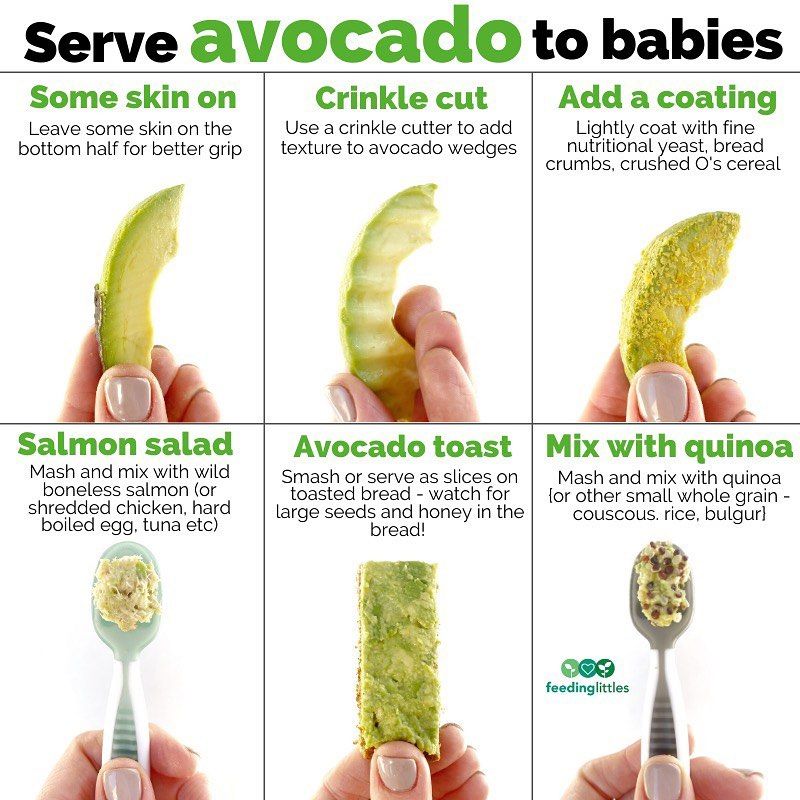 Place the bread in a bowl and pour in the milk. Put in the microwave. When the bread is soaked, add it to the minced meat along with softened vegetable oil. Stir. Form the quenelles with wet hands. Processing should be steam. Cooking time - 20-25 minutes.
Place the bread in a bowl and pour in the milk. Put in the microwave. When the bread is soaked, add it to the minced meat along with softened vegetable oil. Stir. Form the quenelles with wet hands. Processing should be steam. Cooking time - 20-25 minutes.
Turkey meatballs with vegetables and rice groats
- fresh turkey fillet - 100 g;
- quarter onion;
- a quarter of one carrot;
- 50 g pumpkin without skin;
- rice - 40 g.
Cook rice until tender (10 minutes after boiling). Twist the fillet through a meat grinder. Chop the onion, pumpkin and carrot. Mix all products, make small balls. Put a saucepan or cauldron on the stove, put the meatballs, add water (to cover them). Cover the container with a lid. Simmer for 30 minutes. Serve with sour cream.
Hake cutlets with rice
- fresh hake (pollock) fillet - 100 g;
- egg yolk;
- white bread pulp;
- rice - 30 g.
Turn the fillet into minced meat, mix with pre-boiled rice. Add soaked bread and egg yolk. Combine the ingredients. Blind cutlets. Get ready for a couple. 15 minutes will be enough.
Pear basket with strawberries and raspberries
- one ripe pear;
- 20 g raspberries;
- 4-5 strawberries.
Rinse the pear, make a hole inside. Cut the strawberries into pieces and, together with the raspberries, place inside the pears. Put in the oven for a quarter of an hour.
You can invent various dishes from a variety of products, the main thing is to arrange them beautifully before serving.
The time for one-component purees is over. Now mom is free to experiment: there are a lot of products on the list of allowed products that can now be mixed, besides, the baby is already used to a denser consistency of dishes. So, what to feed a baby at 11 months?
What to feed
The daily menu of an 11-month-old baby ideally includes foods from all major groups of the food pyramid.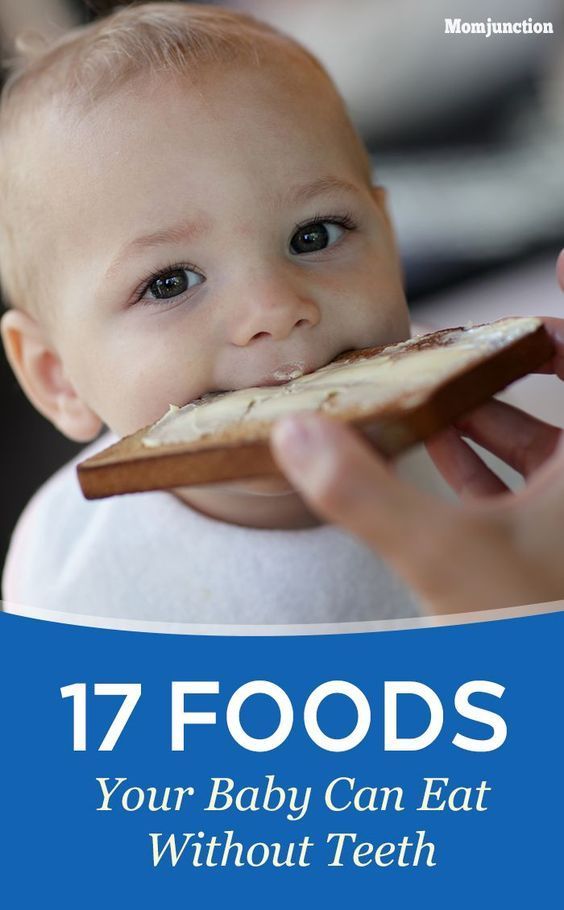 Namely:
Namely:
- Cereals . The baby can already have buckwheat, rice, corn, oatmeal, wheat and millet porridge. The approximate daily allowance for an eleven-month-old baby is 200 grams.
- Vegetables . Zucchini, broccoli, cauliflower and white cabbage, carrots, pumpkin, potatoes, beets, tomatoes, onions. A child can eat about 150 grams of vegetable dishes per day.
- Meat and fish . For a baby, it is better to cook rabbit, turkey, chicken and beef. The norm per day is 40-50 grams of meat puree from a boiled product or 80-100 grams of meat “in a jar”. As a meat portion, you can sometimes give dishes from offal: tongue, liver or heart. A couple of times a week it’s good to arrange a “fish day”. A serving of fish now can be 30-60 grams. Among those allowed for baby food: sea - flounder, cod and pollock; river - hake, carp and river perch.
- Dairy products . At this age, the child is advised to give no more than 50 grams of cottage cheese.
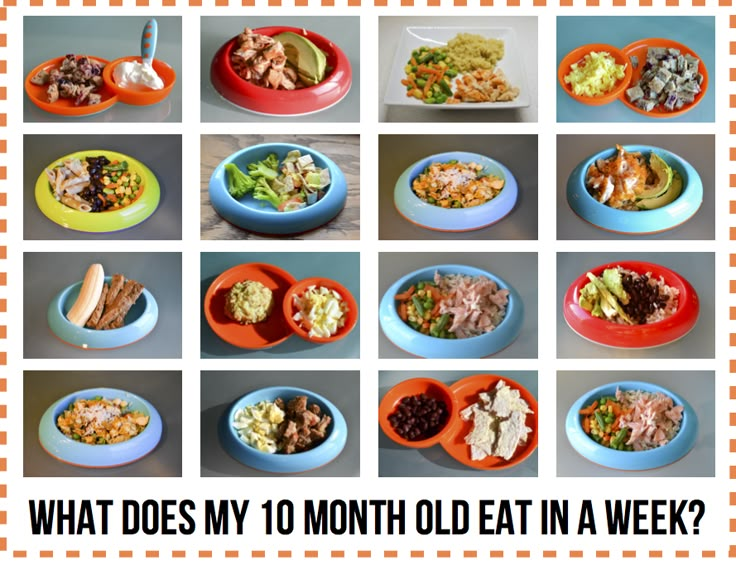 Fermented milk drink - kefir, biokefir, biolact, yogurt - about 200 grams.
Fermented milk drink - kefir, biokefir, biolact, yogurt - about 200 grams. - Fruit . Among the most friendly to the baby's digestive system are apples, pears, bananas, peaches, apricots, plums, currants (white, black and red). The norm of fruit puree is about 90-100 grams.
- Egg . A couple of times a week it is useful to give the baby half a chicken yolk, or a whole quail. Eggs for this should be boiled "hard boiled". A short heat treatment with the “soft-boiled” or “pouched” options does not destroy salmonellosis pathogens.
- Oil . Vegetable oil goes well with vegetable dishes. The daily norm for a baby at 11 months is 6 grams. Creamy makes porridge tastier, 5 grams is enough for a child a day.
- Cookies . An eleven-month-old baby can be pampered with special baby biscuits. But you should not get carried away - two things a day are enough.
When to feed
It is not always possible to follow a strict regimen with babies, but it is worth trying. Children who eat at regular intervals—with a maximum margin of error of 30 minutes—have better appetites and fewer digestion problems.
Children who eat at regular intervals—with a maximum margin of error of 30 minutes—have better appetites and fewer digestion problems.
At 11 months, it is advised to feed the child five times a day, keeping four hours between meals. Immediately after sleep and at night, the baby still receives breast milk or an adapted milk formula.
A classic breakfast is porridge, cottage cheese, sometimes egg yolk.
Lunch is usually served with vegetables and meat (fish or offal). But the meat portion also goes well with a cereal side dish. Then vegetables can be given for breakfast or dinner.
Fruit puree and any fermented milk drink are also suitable for dinner.
What to drink
Plain water is what a child needs to maintain water balance. You can buy bottled baby water or use boiled tap water. In second place are compotes from berries, fruits or vegetables familiar to the baby. Preferably without sugar.
Fruits and berries that are familiar to babies can also be used to make sparse jelly. The drink improves digestion, but since it is very high in calories, it is better not to give it to overweight children.
The drink improves digestion, but since it is very high in calories, it is better not to give it to overweight children.
You should not get carried away with juices, although according to the norms they are allowed to drink 60-80 ml every day. They contain a lot of sugar and this is a disaster for delicate milk teeth. And the juices are rich in organic acids, which irritate the mucous membranes of the gastrointestinal tract.
What not to feed
There are foods on which, in the imagination of parents, there should be a “sign of an outcast”. They are absolutely not allowed in complementary foods. These are any canned foods, pickled vegetables and fruits, smoked meats.
Sausages, wieners and other sausage products should not be given to a child at least up to three years of age. The same applies to cakes, pastries, chocolate, glazed curds. These are too "heavy" sweets. If you want to pamper your baby with sweets, then it is better to give him dried fruits, marshmallows or marshmallows.
Milk - cow's, goat's - will only bring harm to children under one year old. There is a lot of phosphorus in the product, and the kidneys of a child under one year old do not know how to remove it correctly. As a result, along with phosphorus, the baby loses calcium and vitamin D, and this is dangerous for the development of a severe form of rickets.
Honey sometimes contains spores that cause botulism. They are dangerous only for children under one year old.
It is also a mistake to give the baby dishes with mayonnaise, mustard, horseradish, pepper, vinegar and hot sauces.
How to cook
Baby food can be boiled, steamed, baked and stewed. Fried foods are taboo in baby food.
Vegetables and fruits no longer need to be thermally processed. They can be grated and served as a salad.
Meat can be used to make meatballs and meatballs. Moreover, at the “sculpting” stage, it is permissible to prepare them for several days at once and put them in the freezer.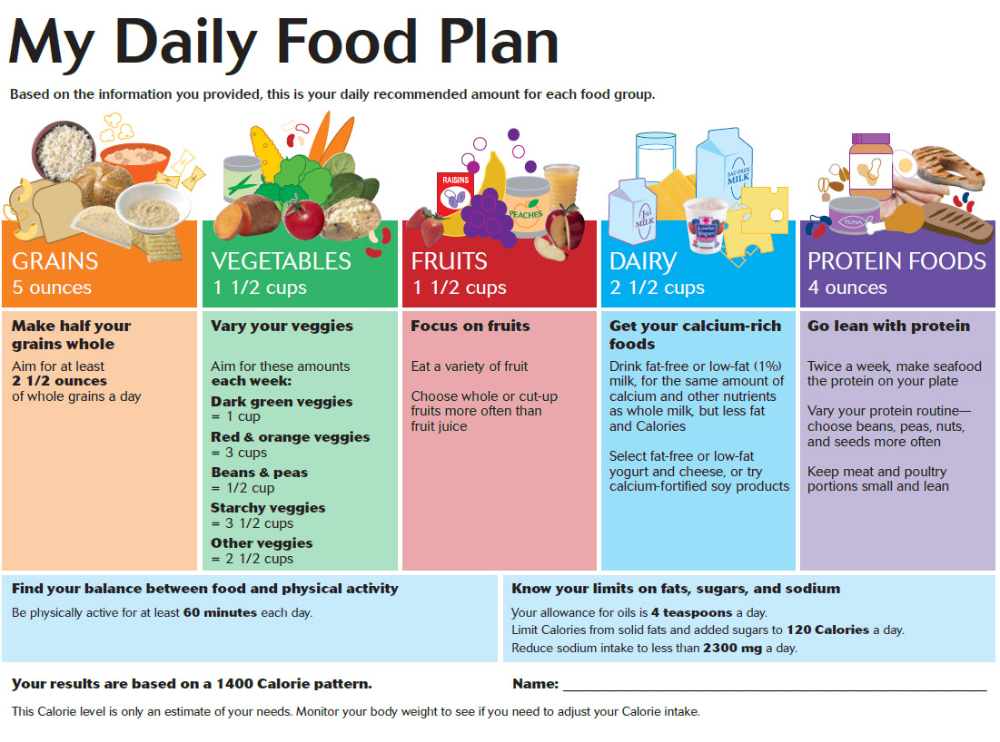 The next time, all that remains is to get the product and heat it.
The next time, all that remains is to get the product and heat it.
For juiciness, you can add vegetable puree to minced meat: zucchini, carrots, cauliflower.
At 11 months, pediatricians allow the child to cook soups with meat broth. But when the water boils for the first time, it is advised to drain it. The "primary" broth is too fatty and contains most of the harmful substances that could be in the meat.
You can already add some greens to the soup: dill, parsley. The leaves must first be finely chopped.
It makes sense to add vegetable and butter only to ready meals. Heat treatment deprives them of nutritional value.
Every day you have to cook again. Alas, it is impossible to store dishes for the baby until the next day, otherwise they lose their nutritional value.
Hello, dear readers! Today we will talk about what an 11-month-old toddler should eat. During this period, the baby takes its first steps, even if still holding on to the crossbar or someone else's hand.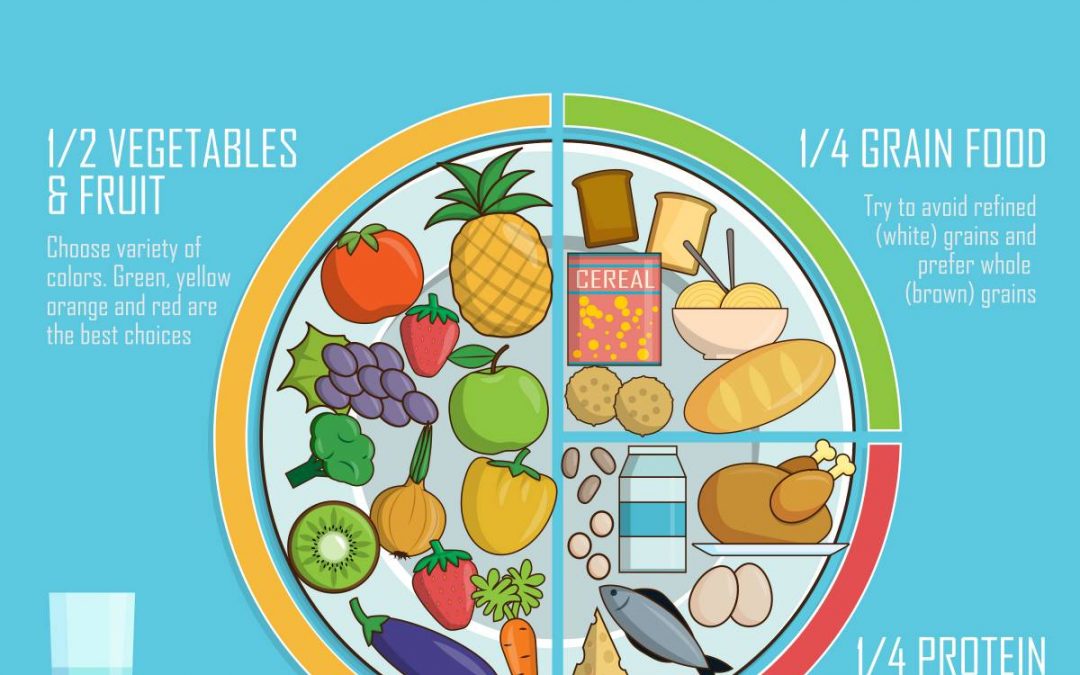 But these are already such achievements in the life of a little man! The child spends much more energy than before, so there should be more products in his diet, and portions should increase. In the article you can find answers to such questions: what to give a toddler to eat, how much to feed a child at 11 months, what a baby menu can be.
But these are already such achievements in the life of a little man! The child spends much more energy than before, so there should be more products in his diet, and portions should increase. In the article you can find answers to such questions: what to give a toddler to eat, how much to feed a child at 11 months, what a baby menu can be.
Basic rules of nutrition
If you have a small child in your house, then you need to know and follow all kinds of rules for the upbringing and development of the baby. And here I will also present to you not unimportant rules for the nutrition of children:
- The baby must have five meals a day, which includes two usual feedings (breast milk or an adapted mixture).
- The child should still not be given fried food. Particular preference should be given to steamed food. This is the best way to keep all the useful substances in the product.
- Minimize sweets, there should be practically no salt in the diet of the little one, and all kinds of seasonings, all the more so.

- The presence of a homogeneous mass in dishes is no longer only not necessary, but rather even superfluous. The child should already get used to more solid food. It is best to knead the dishes with a fork. The kid must learn to chew and develop the jaw.
- It is important that the child's diet includes: cereals, fruits, meat, vegetables, cottage cheese, fish and bread.
- Never force something into a baby's mouth that he has just refused. Don't get angry or shout. Most likely, it just didn't taste good. I am sure that you also have such products that you are indifferent or disgusted with.
- Foods from the so-called allergy risk zone still should not be given: red fruits and vegetables, exotic representatives, citrus fruits, chocolate, nuts, honey.
- Remember that baby milk should be diluted with water. At this age, you can 1:1.
- We should not forget that when we introduce new foods into a child's diet, we should do it slowly and gradually.
 You need to start with half a teaspoon. And only with a normal reaction of the body, bring to age norms.
You need to start with half a teaspoon. And only with a normal reaction of the body, bring to age norms. - And don't forget to drink. The baby needs to replenish its fluid stores daily. Juices, decoctions, compotes, herbal teas, jelly are well suited for crumbs. And, of course, do not forget about the water itself.
Baby's diet
The baby keeps five meals a day. He still needs breastfeeding (sour milk or adapted formula) in the morning and before bedtime.
Breaks between meals can fluctuate around three to four hours. You already individually adapt to the requirements of the child and to what time he gets up and when he goes to bed. My son had four-hour breaks. He ate at 6, 10, 14, 18 and 22 hours.
To calculate how much food your baby should eat per day, just make calculations based on his weight. This figure in grams must be divided by nine. The answer will be the amount of food consumed. So, for example, my son already weighed 10 kg and 800 grams (10800), which means that he had to eat at least 1200 grams per day.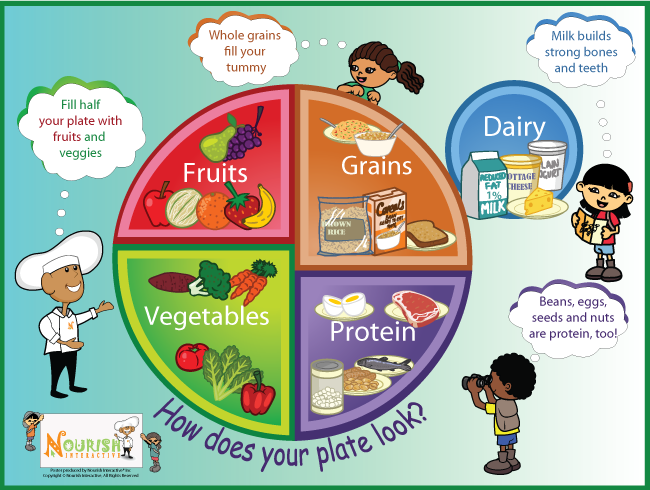 Then you can divide the received answer into 5 meals and find out how much the child needs to eat in one feeding. In my case, this indicator was 240 grams.
Then you can divide the received answer into 5 meals and find out how much the child needs to eat in one feeding. In my case, this indicator was 240 grams.
What can you feed a baby at 11 months
A baby should have a balanced diet, enriched with all the substances necessary for a growing body. And what exactly is included in his diet:
- Fruits and vegetables, berries. These are irreplaceable sources of vitamins, fiber and pectins. The kid should receive these products in full, corresponding to his age norms. From them you can already prepare different dishes: mashed potatoes, mousses, compotes, juices, jelly, puddings. And even the use of grated fruits in raw form is allowed, but in small quantities.
But do not forget that the baby's menu should not contain red fruits, citrus fruits and exotic representatives.
- Porridge is an obligatory daily product. The most useful is considered to be oatmeal (but better not in the form of flakes).
 If the baby does not have celiac disease. It is better to cook such porridge on the water, and you just need to flavor the cooked product with oil. However, boiling in milk is also allowed, but do not forget that the baby should not be given whole milk, dilute it 1: 2 with water. Kasha is better to change every day. Buckwheat today, oatmeal tomorrow, rice the day after tomorrow, etc.
If the baby does not have celiac disease. It is better to cook such porridge on the water, and you just need to flavor the cooked product with oil. However, boiling in milk is also allowed, but do not forget that the baby should not be given whole milk, dilute it 1: 2 with water. Kasha is better to change every day. Buckwheat today, oatmeal tomorrow, rice the day after tomorrow, etc. - Of course, meat dishes are an important part of a child's diet. It can already be meatballs, steam cutlets, mousses, puddings. Try to give the meat in such a way that the little one tries to chew it on his own. Give preference to rabbit meat, turkey, chicken, veal, young lean pork. I gave my son only rabbit and veal until he was a year old.
- Fish should also be included in the baby's diet. The baby should still avoid the fatty varieties and the red varieties.
- Cottage cheese, yogurt and kefir are important for the proper functioning of the digestive system. You can cook these foods yourself.
 Feel free to give dishes not only in their pure form, but also with the addition of already well-known fruits.
Feel free to give dishes not only in their pure form, but also with the addition of already well-known fruits. - Also, the baby can eat eggs, pasta, diet cookies, wheat bread, small amounts of oil are allowed to be added to ready-made meals (both vegetable and creamy), and the amount of salt and sugar should still be minimal.
Minimize your consumption of sweets. The baby is just getting its first teeth, and their development should not be disturbed. And, of course, the child’s diet should not yet contain chocolate, citrus fruits and other allergenic foods.
How can a baby's daily diet be presented? A fairly large number of products are already available to the baby. And what exactly can be the indicative menu of children for breastfeeding and IV? You can read about it below.
Breast-fed babies
- at 6 in the morning and the first thing he reaches for his mother. He's already hungry. The first feeding is still mother's milk (approximately 200 ml).
- By 10 o'clock the child was already hungry. At this time, give the little one porridge (you can use both milk and water) - 200 grams, no more. You can add 5 grams of oil to it. Also give the baby half the yolk. For dessert, offer the crumbs 50 grams of fruit puree. You can drink everything with compote or juice (50 ml).
- Lunch at the crumbs comes at 14:00. This feeding should be the most satisfying. It may consist of the following dishes: 200 grams of vegetable puree with oil (5 grams), 80 grams of puree, a slice of bread (from wheat flour, 10 grams). You can drink juice in a volume of 60 ml.
- At 18:00 - dinner at the little one. Give him 60 grams of fruit puree, 50 grams of cottage cheese, two biscuits. Let the child drink 200 ml of kefir.
- The last feeding comes before going to bed, at 10 am. And it's still breast milk. The baby will drink the volume necessary for full saturation.

 It is still a very important source of nutrients for the development of the baby.
It is still a very important source of nutrients for the development of the baby. Formula babies
- Breakfast starts at 6 o'clock. The first feeding is milk formula (200 ml).
- Reception to write between breakfast and lunch falls at 10 am. Feed the little one with any porridge cooked in any form. The baby needs 200 grams. Add 5 grams of butter. For dessert, 50 grams of fruit puree is well suited. Also offer your child half an egg yolk. You can drink food with 50 ml of juice.
- Meat soup (200 grams) is well suited for lunch feeding, which comes at 14:00. In addition, you can give your child 80 grams of vegetable puree, 10 grams of wheat bread. You can drink compote (60 ml).
- For dinner (18:00) give the baby 60 grams of puree (fruit) and 50 grams of cottage cheese. For a snack, give two crackers or biscuit cookies. A child can drink food with kefir (200 ml).
- And finally, at 22:00 hours, be sure to feed the little one with an adapted mixture (200 ml).
Recommended reading:
So we figured out what your child's diet should now be. The peanut is growing, and with it, food preferences are developing. Pamper your little one with a variety of foods. Make sure that he does not get bored, and he does not lose interest in some food. And, of course, you should not give the same thing every day, for example, oatmeal every day and no other cereals. This product will quickly become boring, and the baby will begin to spit on it. Therefore, plan the diet of the little one correctly, taking into account all the preferences of the baby. Try to make the menu varied and unique. May your child grow up healthy!
The peanut is growing, and with it, food preferences are developing. Pamper your little one with a variety of foods. Make sure that he does not get bored, and he does not lose interest in some food. And, of course, you should not give the same thing every day, for example, oatmeal every day and no other cereals. This product will quickly become boring, and the baby will begin to spit on it. Therefore, plan the diet of the little one correctly, taking into account all the preferences of the baby. Try to make the menu varied and unique. May your child grow up healthy!
The menu of a breastfed baby at 11 months is similar to the diet at 10 months.
The baby is still enjoying its mother's milk, and complementary foods are becoming more diverse.
Contents
Properly compiling a diet and including all kinds of foods in the diet, you can please the baby and give him everything he needs for healthy growth.
What should be the diet
The menu already contains the main products, so breast milk in most feedings gives way to complementary foods.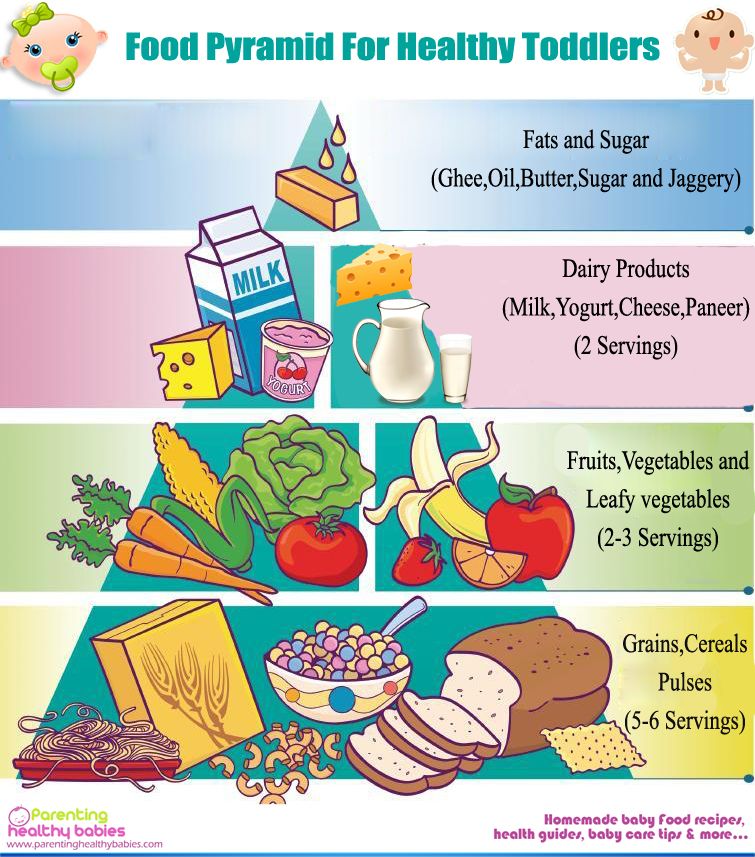
Breastfeeding costs no more than 2 times a day.
If all new products are introduced on time, at 11 months you can start improving the taste of the menu items.
For example, when preparing vegetable and fruit dishes, it is better to use several types of fruits at once.
Babies need variety too. In addition, the more useful ingredients, the richer the dish is in the substances necessary for the body.
Portions of baby cottage cheese are best replaced with a casserole. It will be even tastier if you add fruit.
Variety is also important in drinks. This is especially true in summer. Compotes from different fruits and homemade yoghurts with the same filling will appeal to the baby.
Fruit drinks and jelly from berries will be no less useful.
If the baby has not tried raw fruit before, at 11 months he can definitely be offered such a dessert.
If you add a few ingredients and smear the puree with a little sour cream, the child will surely eat the dish with great pleasure.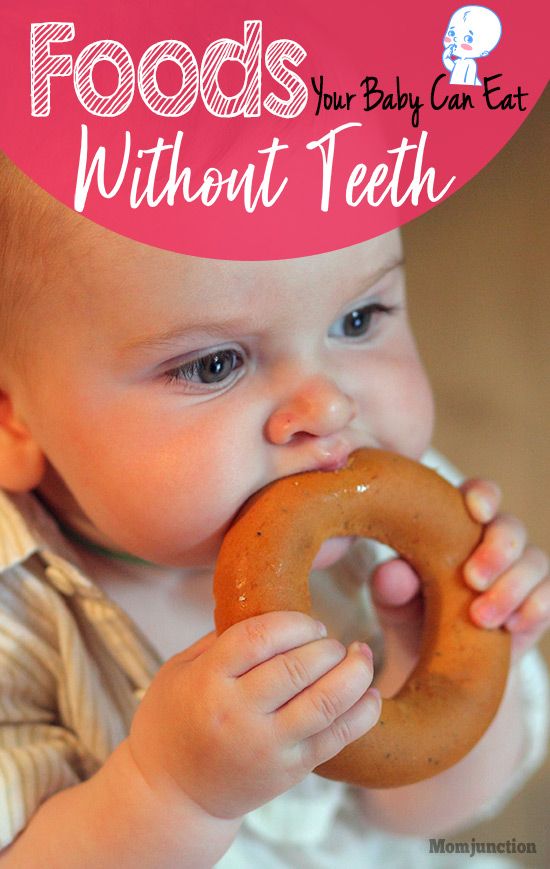
What should be the diet
According to WHO standards, at this age, the baby eats 5 times a day. This regimen is also advised by the pediatrician Dr. Komarovsky.
Breakfast and dinner before bedtime consist of mother's milk.
Treat the child with complementary foods three times a day. One feeding should be equal in volume to approximately 250 ml.
Helpful tips for moms: NUTRITION BY MONTH
Feeding should take place at least every 4 hours. There is no need to offer food to the baby at night.
The daily amount of food is calculated according to the algorithm that has been in effect since 9 months.
The weight of the baby is divided by 9. So, on average, a child absorbs up to 1250 grams per day. The maximum one-time volume of products remains the same as in 10 months.
| Vegetable puree | 200 g |
| Fruit puree | 110 g |
| Meat | 80 g |
| Fish | 50 g |
| Yolk | ½ |
| Fruit juice | 110 ml |
| Rusk, biscuits | 10 g |
| Wheat bread | 10 g |
| Porridge | 200 g |
| Curd | 50 g |
| Dairy products | 200 g |
| Vegetable oil | 6 g |
| Butter | 5 g |
1-day baby menu at 11 months
Moms can find a sample menu specially designed for this age.
| 6.00 | Breast milk (200 ml). |
| 10.00 | Milk porridge (200 g) with butter (5 g), fruit (50 g), compote (50 ml). |
| 14.00 | Vegetable puree with cutlet (200 g), vegetable oil (6 g), bread (10 g), kissel (50 ml). |
| 18.00 | Yoghurt (200 ml), cracker (10 g), cottage cheese (50 g). |
| 22.00 | Breast milk. |
Child's Weekly Diet
You can plan a menu for the week to buy the necessary groceries in advance. So you can be sure of the variety and nutritional value of the children's diet.
| 6 | Breast milk | Breast milk | Breast milk | Breast milk | Breast milk | Breast milk | Breast milk |
| 10 | Corn porridge (200 g), butter, juice (60 ml). | Multi-cereal porridge (200 g), butter, half yolk, jelly (50 ml). | Semolina porridge (200 g), butter, compote (50 ml). | Buckwheat porridge (200 g), butter, half yolk, juice (50 ml). | Oatmeal (200 g), butter, juice (100 ml). | Millet porridge (200 g), butter, half the yolk, jelly (100 ml). | Rice porridge (200 g), fruit puree (50 g), juice (50 ml). |
| 14 | Soup with meat and vegetables (200 g), apricot (50 g). | Mashed potatoes with liver (200 g), juice (100 ml). | Fish with buckwheat porridge (200 g), berry puree. | Meat soufflé (200 g), fruit puree (50 g). | Soup with meatballs (200 ml), apple and carrot puree (50 g). | Vegetables with fish (200 g), peaches (50 g), juice (50 ml). | Casserole with meat and vegetables (200 g), compote (100 ml). |
| 18 | Yoghurt (200 ml), cottage cheese casserole (50 g), crouton. | Ryazhenka (200 ml), cottage cheese (50 g), biscuits. | Kefir (200 ml), cottage cheese (50 g), fruit puree. | Yoghurt (200 ml), cottage cheese (50 g), cracker. | Kefir (200 ml), cottage cheese (50 g), biscuits. | Ryazhenka (200 ml), cottage cheese casserole (50 g). | Kefir (200 ml), cottage cheese (50 g), apple. |
| 22 | Breast milk | Breast milk | Breast milk | Breast milk | Breast milk | Breast milk | Breast milk |
Prohibitions and catering
Some mothers are so brave that they are ready to offer their baby any foods and dishes. But this is wrong.
The peanut is still not allowed:
- fatty;
- smoked;
- fried;
- adult dairy and fermented milk products;
- nuts;
- citrus fruits.
Before offering a child a questionable product, it is worth remembering the possibility of allergies and other unpleasant reactions.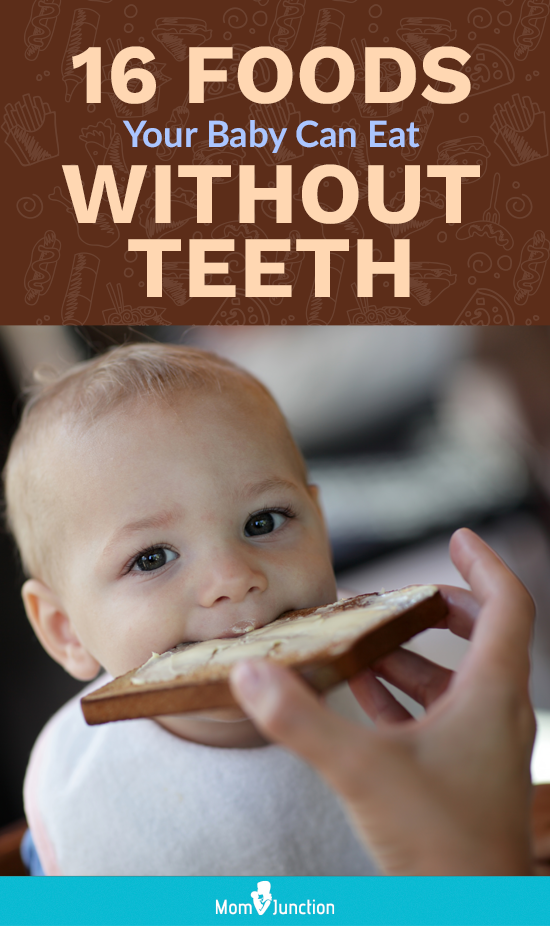
What is tried for the first time must be given carefully and little by little.
Also recommended:
- pre-feeding;
- teach a child to drink from a mug;
- offer to get acquainted with the spoon and self-feeding;
- do not leave the child with food and drink alone.
The baby is getting older. He is already familiar with adult dishes that he can eat not only in the form of mashed potatoes.
Nutrition for children up to a year - Healthy Russia
By the age of six months, the child gets acquainted with the first "adult" food. What and how to feed the baby at this age?
By six months, the baby is ready to start eating more than just breast milk or formula. At this age, the child gets acquainted with the first "adult" food. Tatyana Borovik, Head of the Department of Healthy and Sick Child Nutrition at the Scientific Center for Children's Health of the Russian Academy of Medical Sciences, tells about what products are used to feed children under one year old.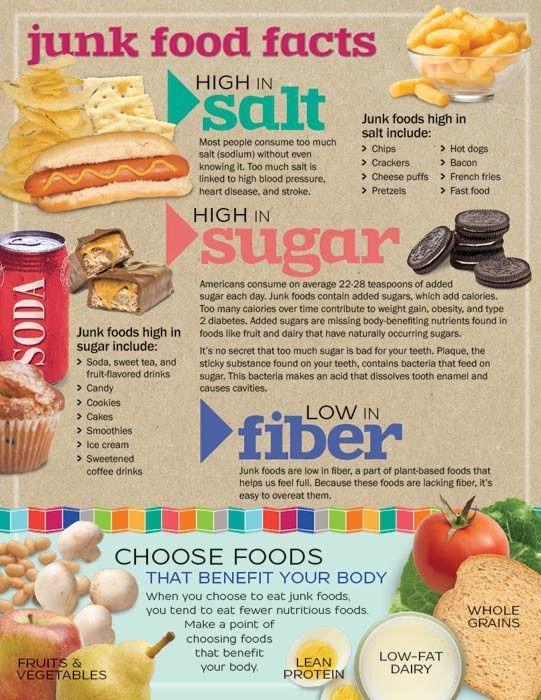
Is it possible "from a jar"?
Despite the fact that the baby receives the first complementary food by spoon in the truest sense of the word, even this amount of cooking can be difficult for parents. After all, it is necessary to buy high-quality and absolutely fresh products, cook them in compliance with all hygiene standards, grind them to the desired consistency, and even so that all important vitamins remain in the food.
Infant nutrition
Find out when it's time for your baby to start eating complementary foods, how to introduce them correctly and where to start.
In most cases, Prepackaged Weaning Products make life easier for parents and provide the baby with all the nutrients.
Cereals
Grain complementary foods - porridge - one of the main sources of carbohydrates, vegetable proteins and fats, dietary fiber, iron, selenium, vitamins B1, B2 and PP. Grain-based complementary foods should start with gluten-free (gluten-free) cereals: rice, buckwheat, later corn. Porridges can be dairy or dairy-free, depending on what suits your baby. Dairy-free cereals are diluted with breast milk or infant formula received by the child. In the future, if the baby has no problems with digestion, you can start using gluten-containing cereals: oatmeal, barley, wheat, semolina and cereals from a mixture of cereals.
Grain-based complementary foods should start with gluten-free (gluten-free) cereals: rice, buckwheat, later corn. Porridges can be dairy or dairy-free, depending on what suits your baby. Dairy-free cereals are diluted with breast milk or infant formula received by the child. In the future, if the baby has no problems with digestion, you can start using gluten-containing cereals: oatmeal, barley, wheat, semolina and cereals from a mixture of cereals.
Vegetables
Vegetable puree is a source of potassium, iron, dietary fiber, including pectins, and other beneficial substances. Certain types of vegetables - carrots, pumpkin, spinach - are rich in carotene , which in the body turns into vitamin A, which is necessary for the normal growth and development of the child. At the beginning of the introduction of complementary foods , vegetable puree should consist of one type of vegetable with delicate fiber, such as zucchini.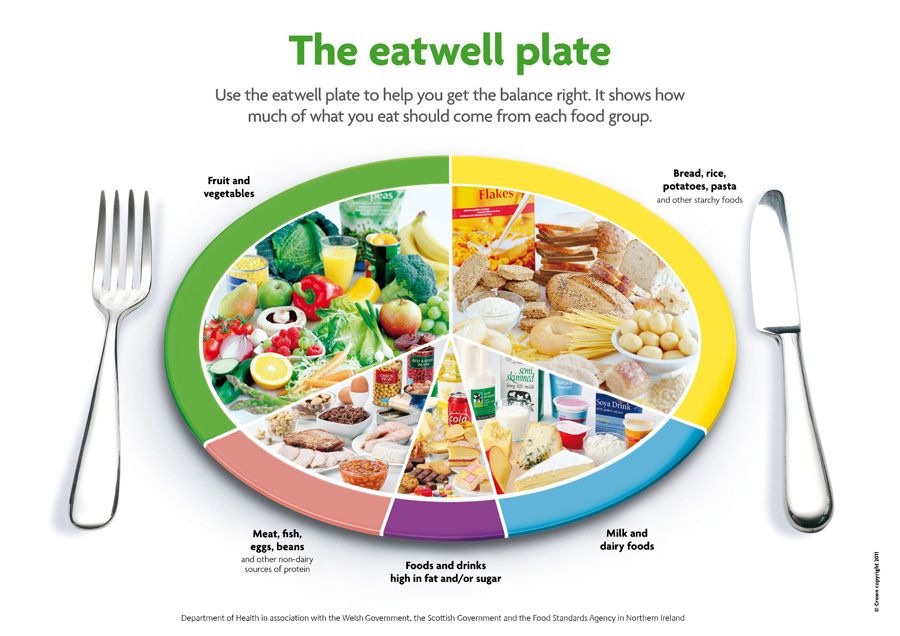 Further, it is advisable to use a combination of 3-4 vegetables.
Further, it is advisable to use a combination of 3-4 vegetables.
Protein products
Children under one year of age should be gradually introduced cottage cheese and egg yolk - valuable sources of animal protein and fat, calcium, and vitamin B2. Meat contains complete animal protein, which in beef, lean pork, rabbit meat, chicken, chicken, turkey, horse meat contains up to 20-21 percent. The meat contains well-digestible so-called heme iron, magnesium, zinc, as well as vitamins B1, B2, B6 and B12. Puree from dietary meat in the diet is recommended to be introduced to children older than 6 months. Fish is a complete source of protein and fat, it contains omega-3 fatty acids, as well as vitamins B2, B12 and minerals. Fish is introduced into the diet of children from 8–9months with caution, carefully observing whether the child has signs of intolerance. It is used once or twice a week instead of a meat dish.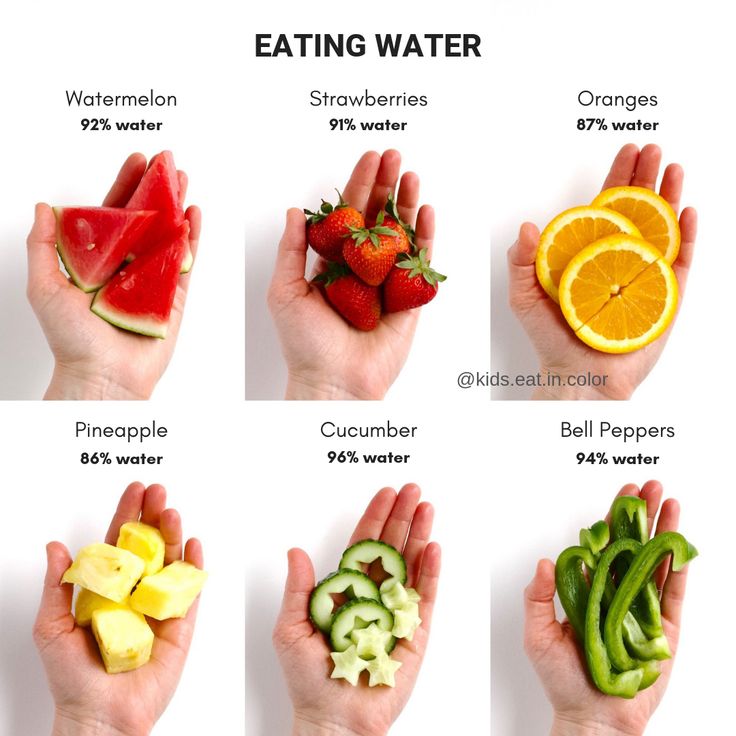
Juices and fruit purees
Juices contain natural sugars - glucose, fructose, sucrose and organic acids - malic, citric, which have a positive effect on digestion. In addition, they are rich in potassium, which in most juices is up to 150 mg per 100 ml, and contains up to 2 mg of iron per 100 ml. Vitamin C, citric acid, individual minerals, and natural fruit flavors can be additionally added to industrial juices. The first baby should be given apple or pear juice , which are traditional for Russia and rarely cause allergic reactions.
Breastfeeding
Breastfeeding? We tell you how to prepare for feeding, how to avoid possible difficulties, and how a nursing mother should eat.
Fruit purees are similar in composition and nutritional value to fruit juices, especially those containing pulp. At the same time, they contain sugars, organic acids and dietary fiber in greater quantities than juices.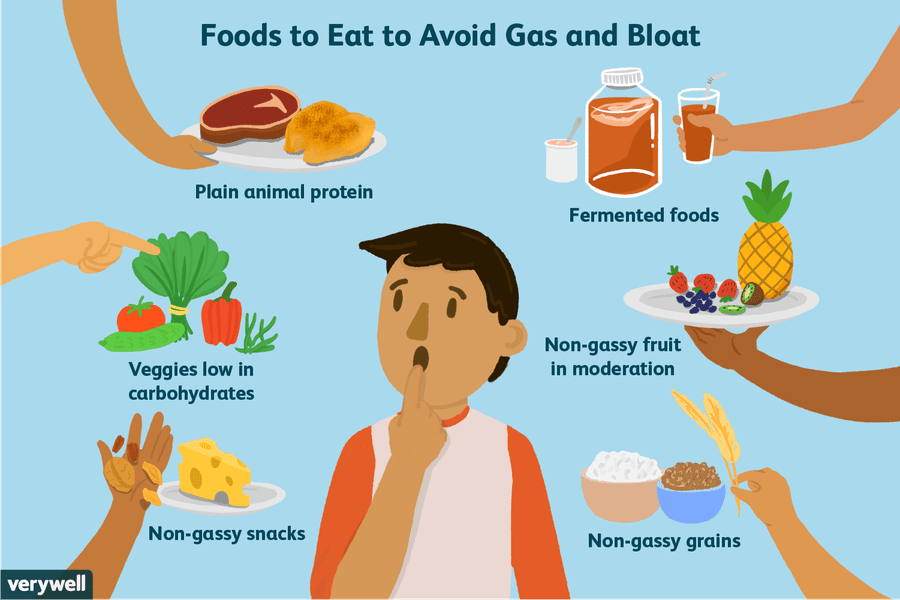
Dairy products
Despite the fact that cow's milk is an excellent food for adults, rich in valuable protein and calcium, it is not suitable for feeding children under one year old . After all, human and cow's milk are two completely different products. For example, cow's milk has 2.5 times more protein than women's milk, and a baby does not need such a large amount of protein yet. For the same reason, fermented milk products for baby food (baby kefir, yoghurts) can be introduced into the child's diet no earlier than 8 months of age. And in an amount of not more than 200 ml per day.
About water
The largest amount of water - about 85 percent - is found in breast milk and infant formula. The composition of "solid" food - bread, cereal, mashed potatoes - includes 30 percent of water. So the liquid for the baby at the stage of introducing complementary foods is quite enough.